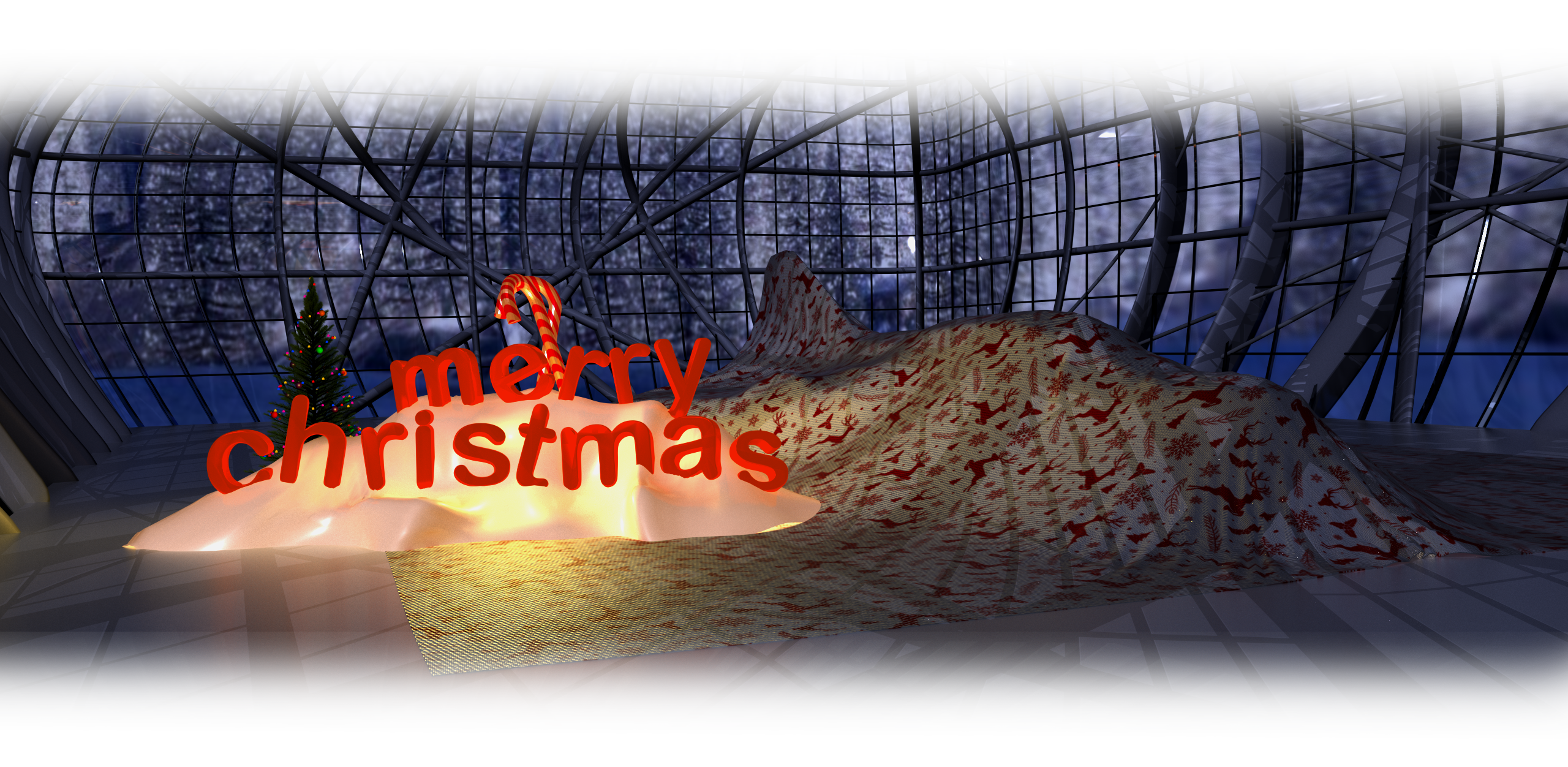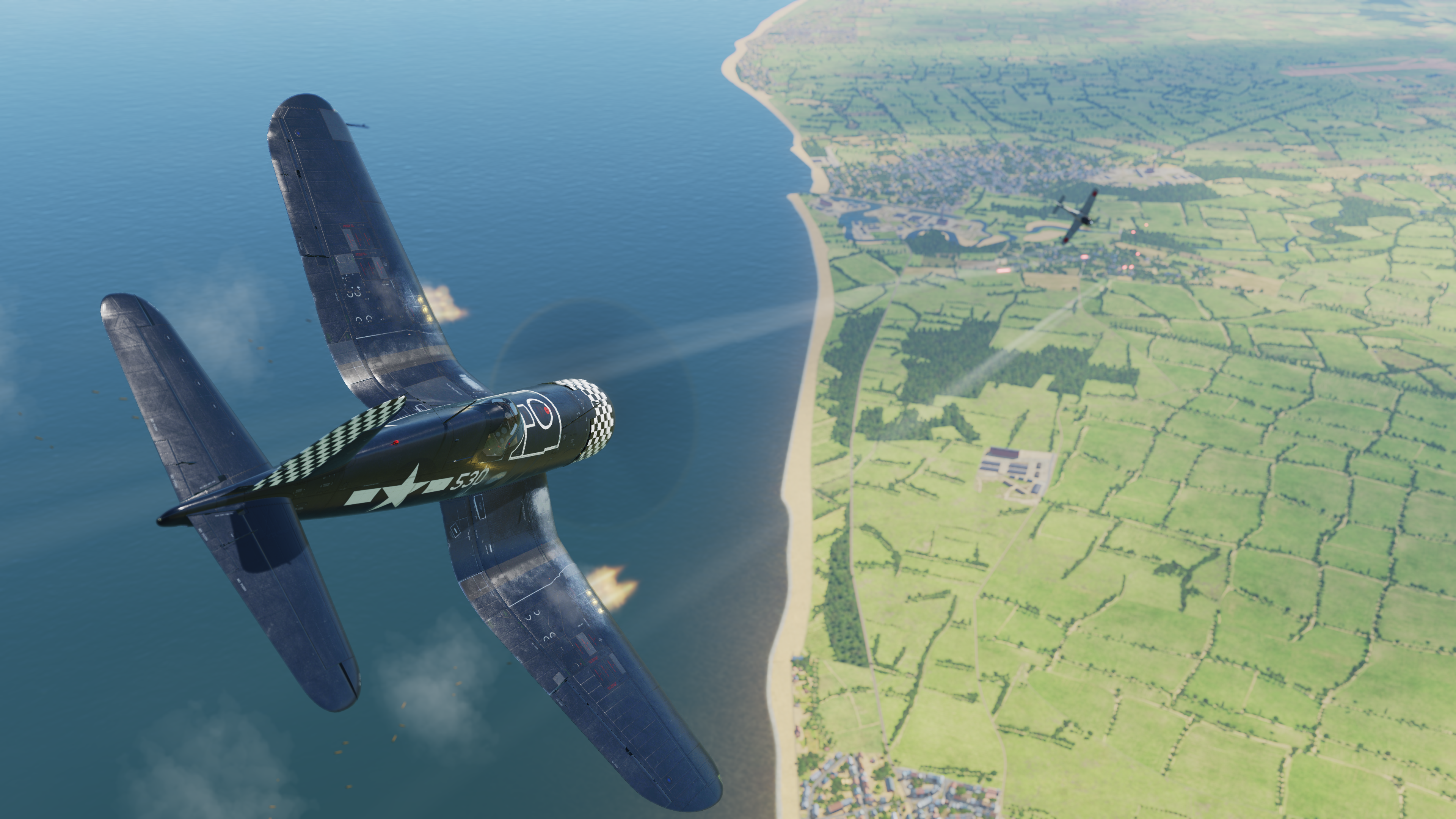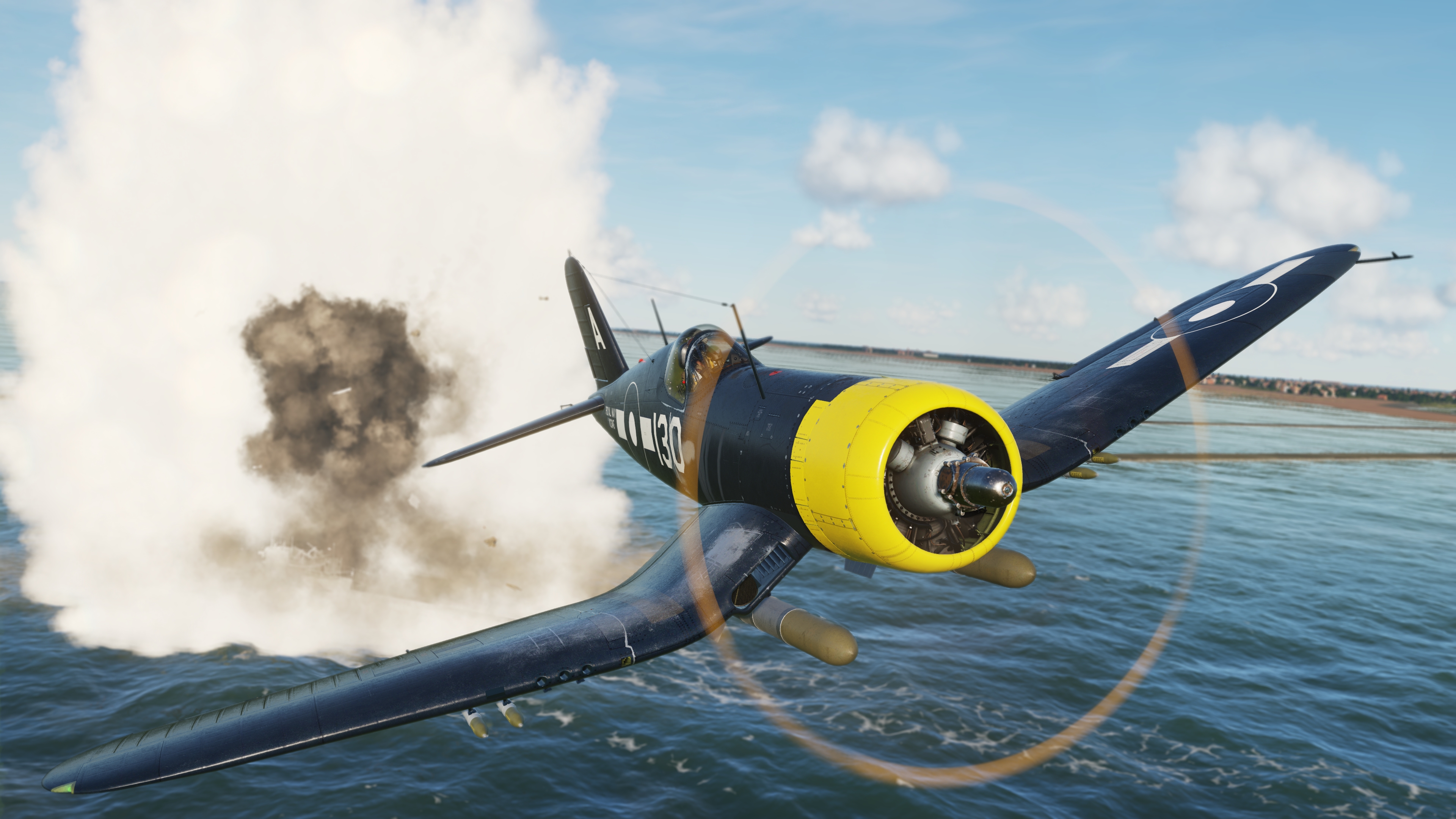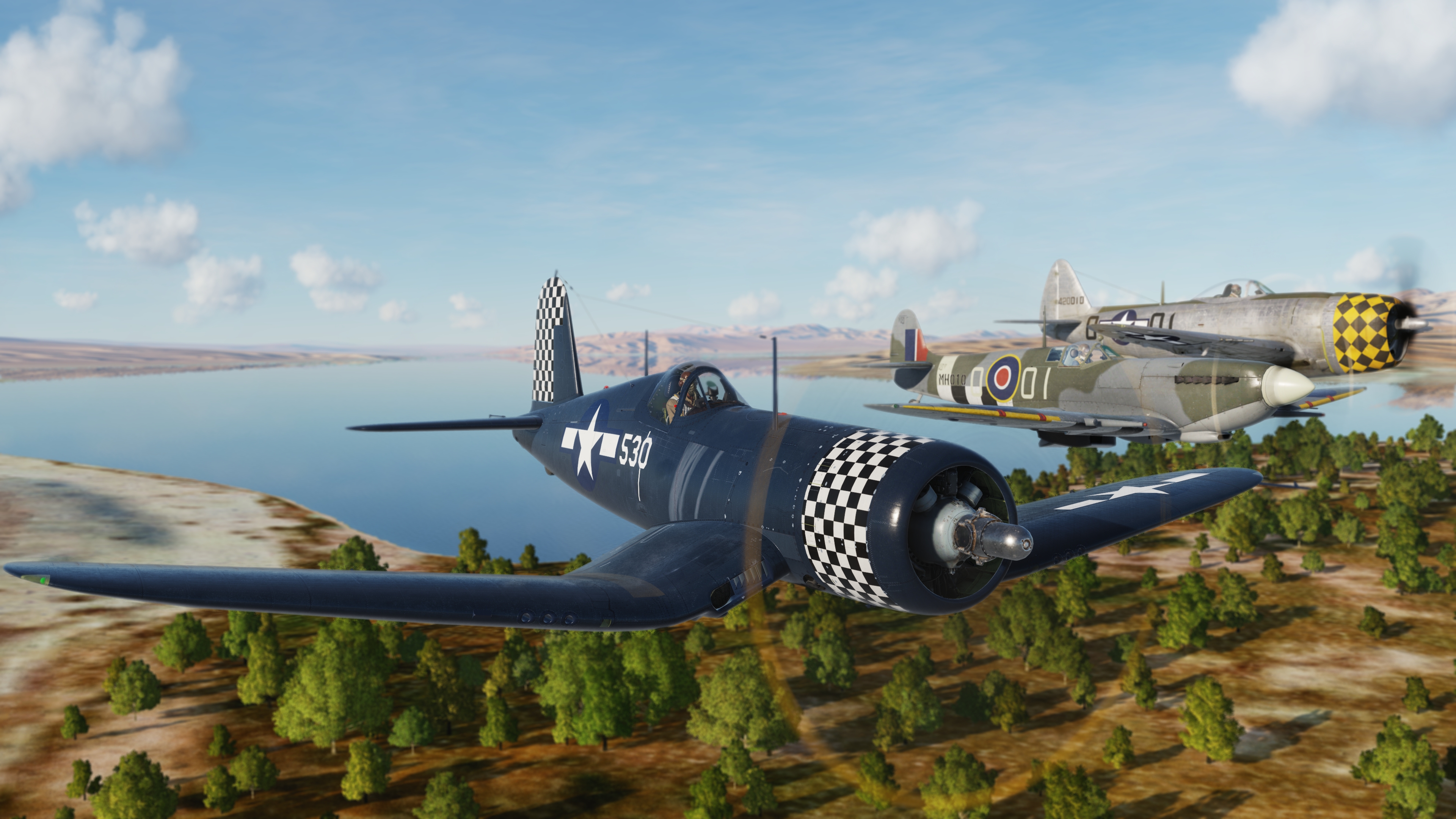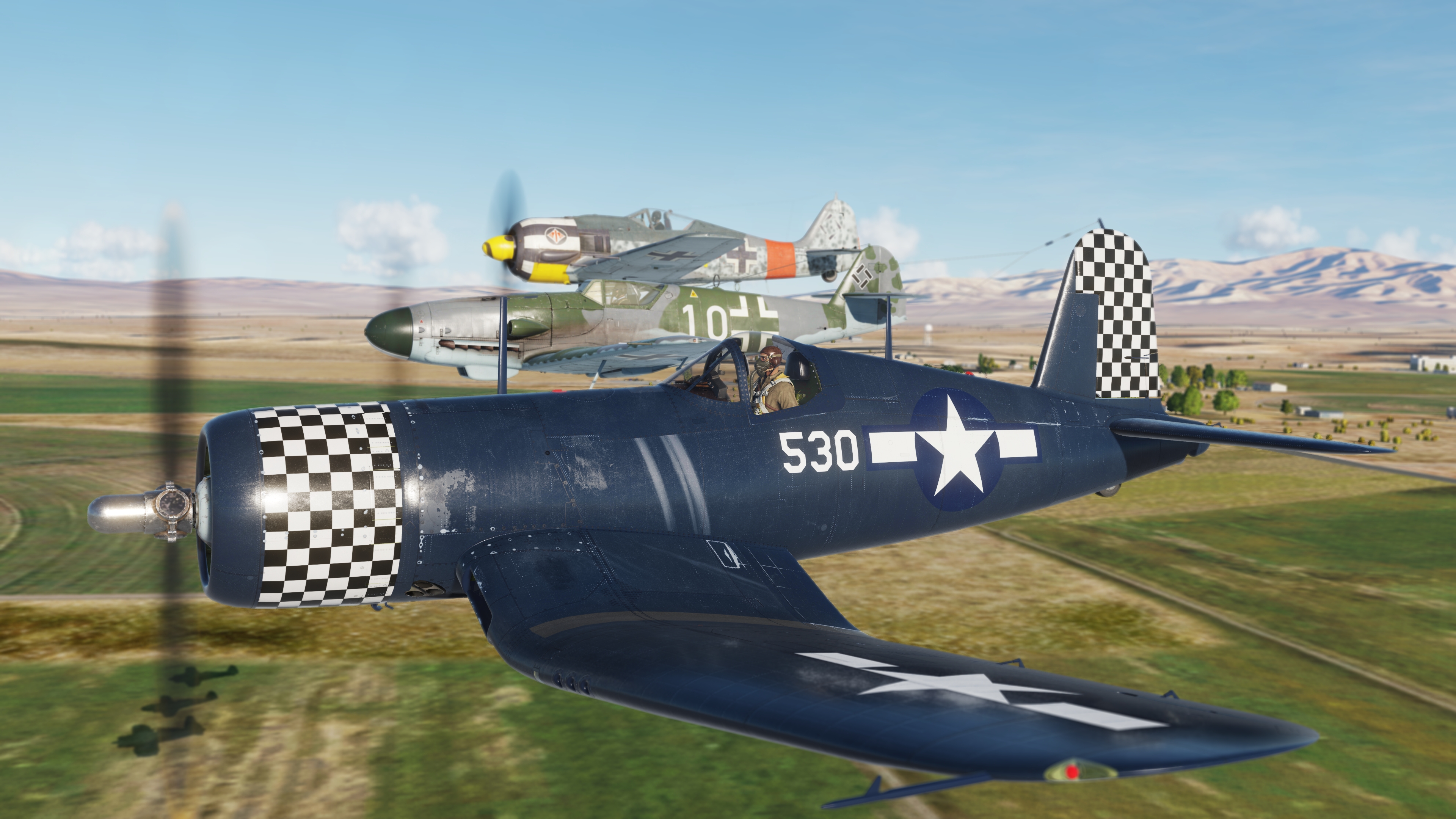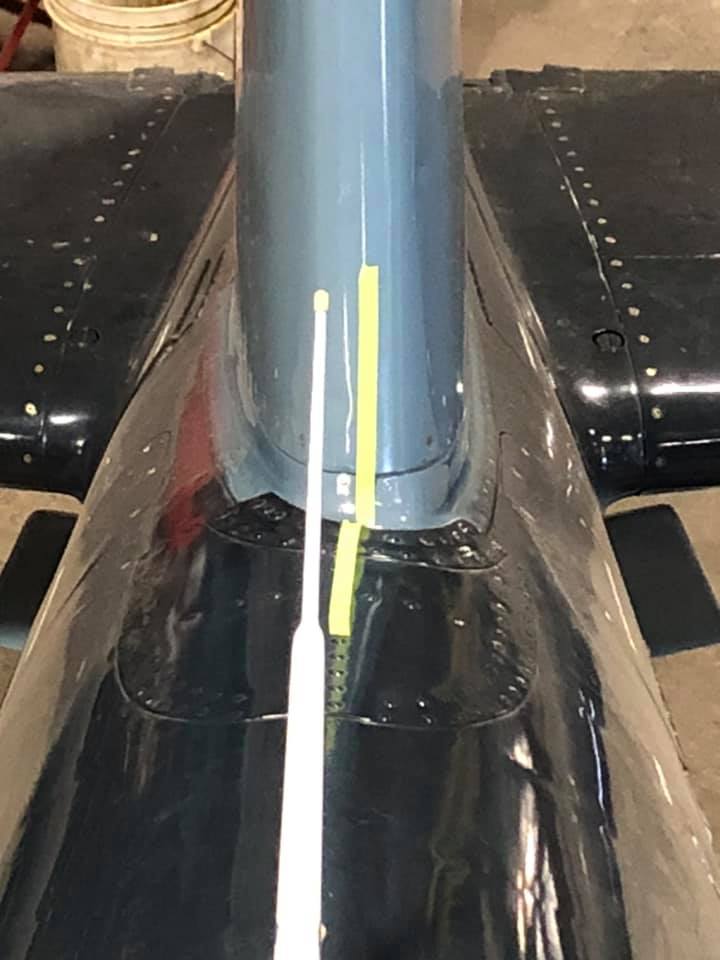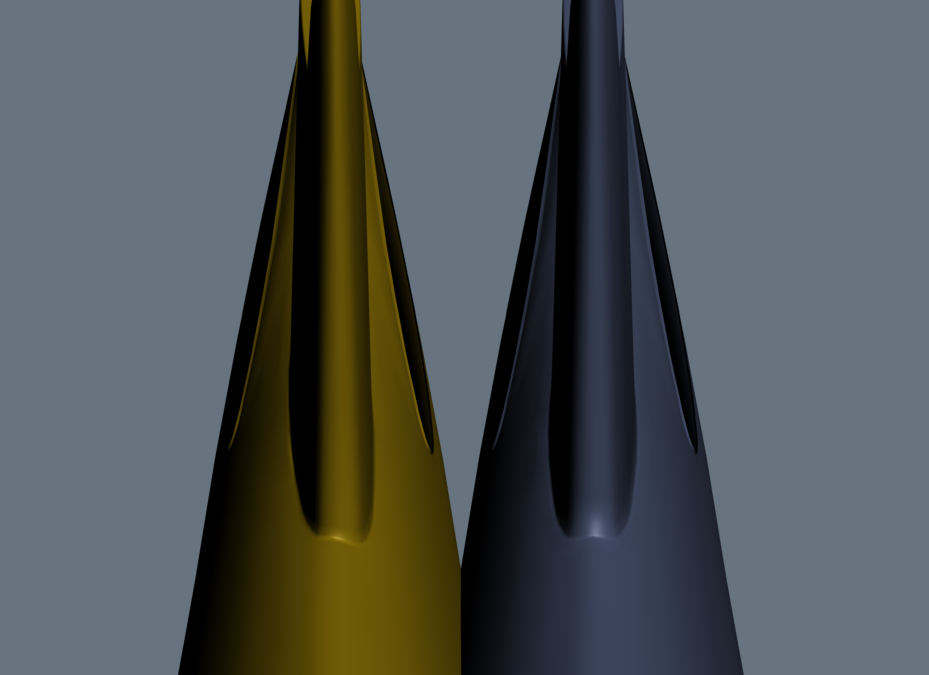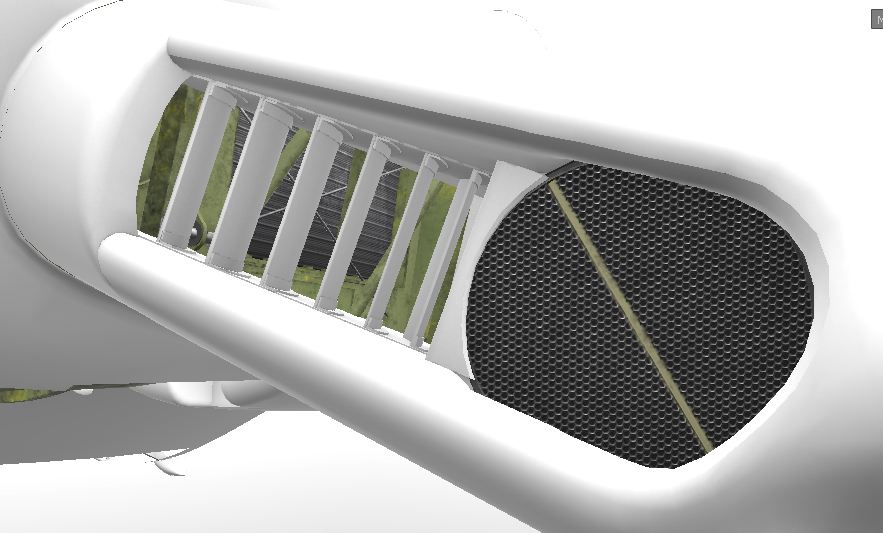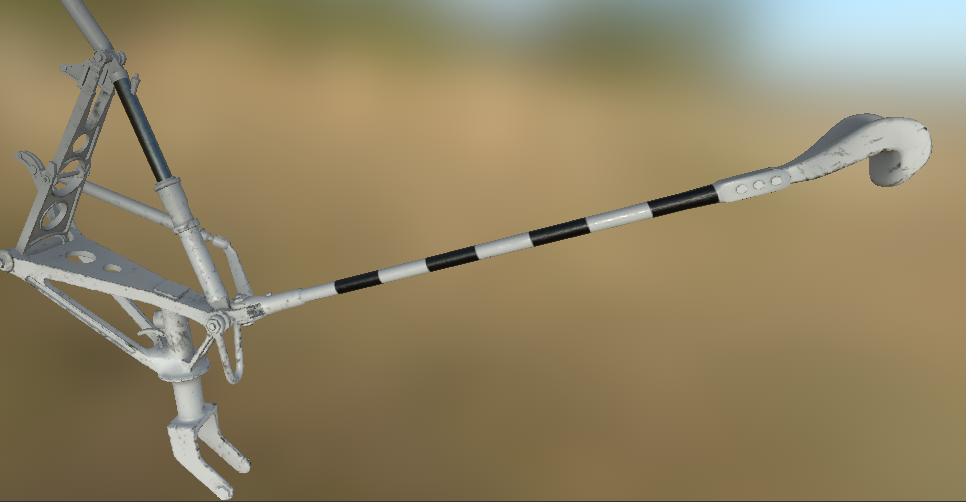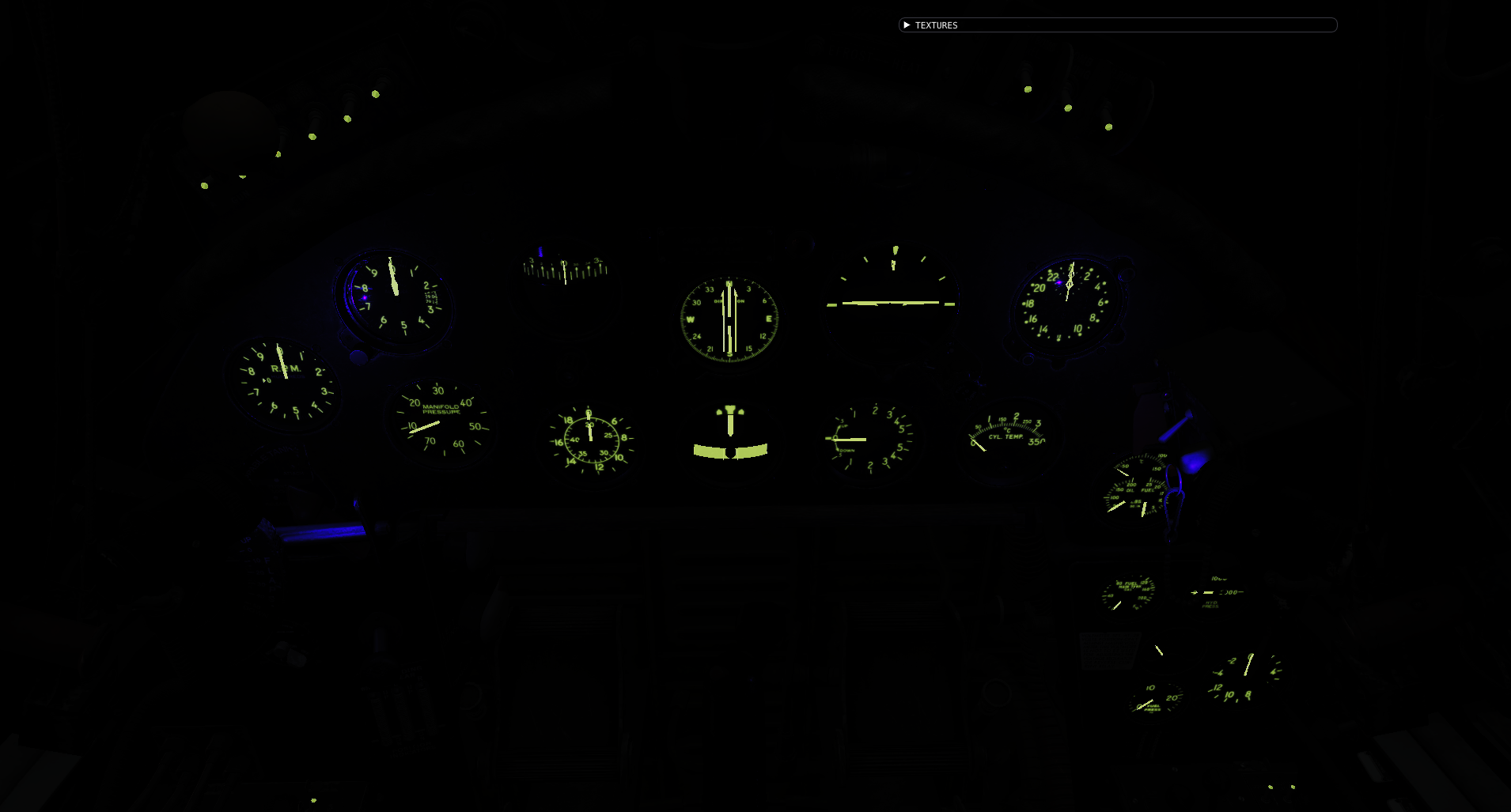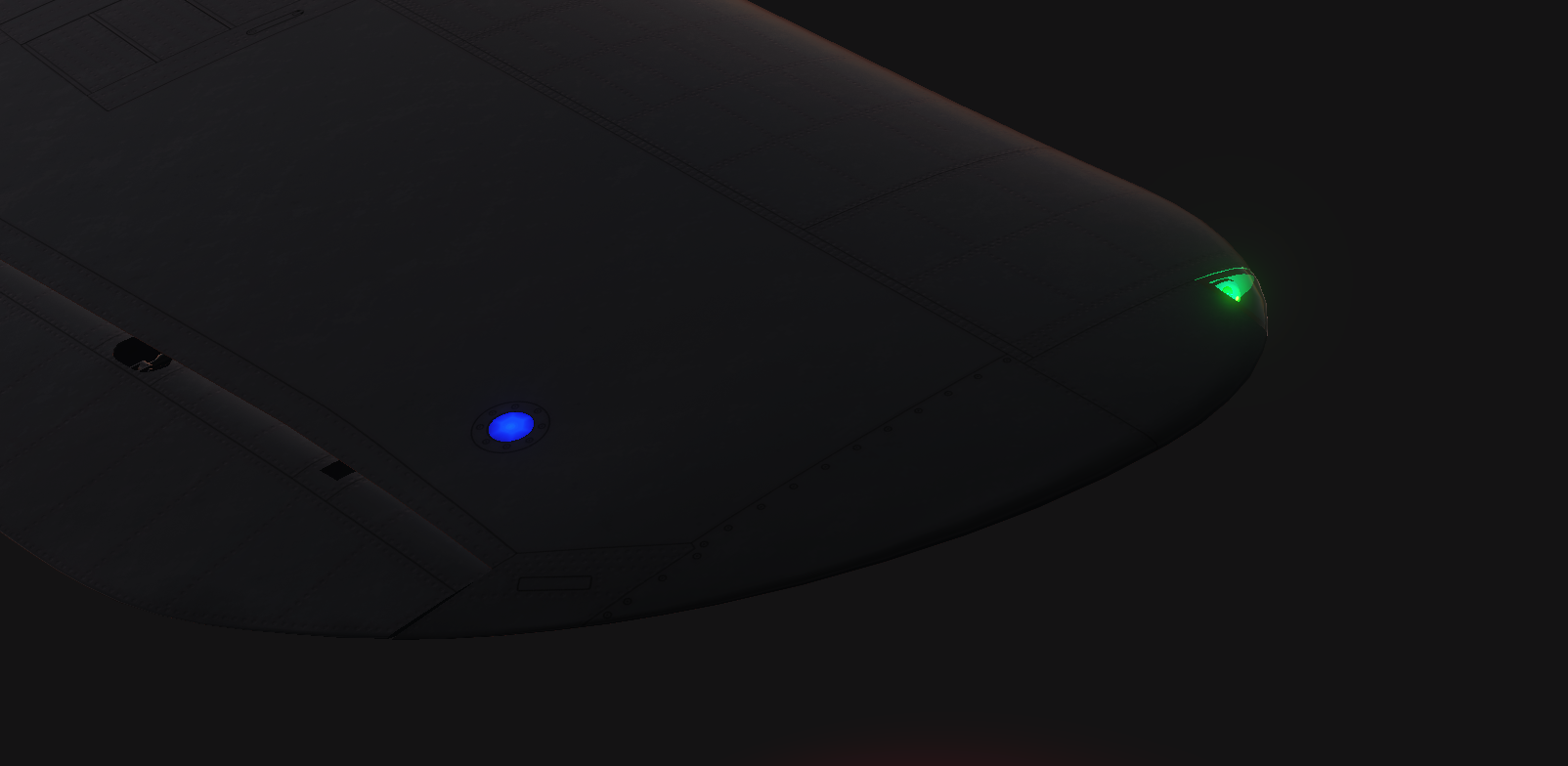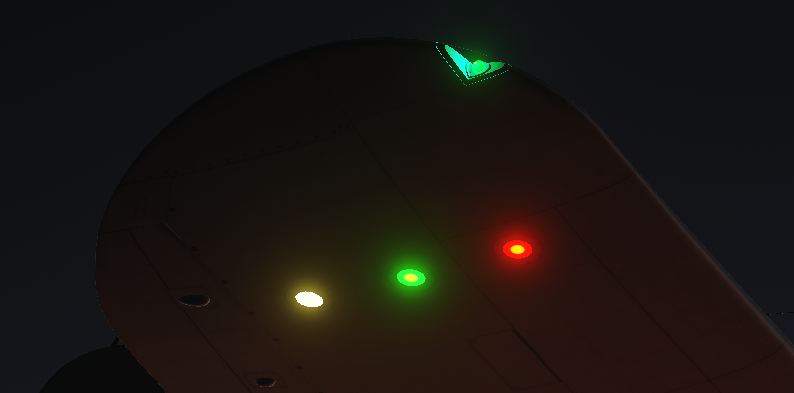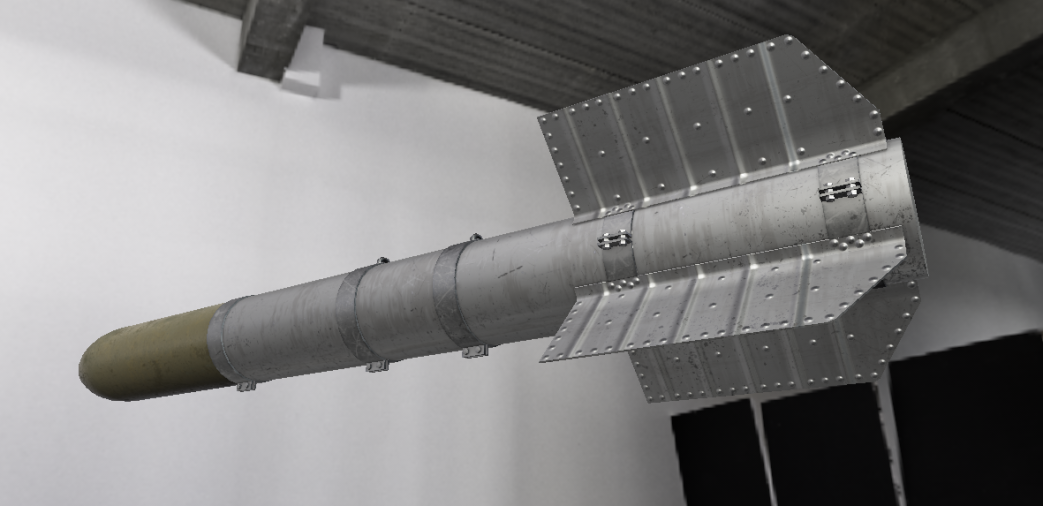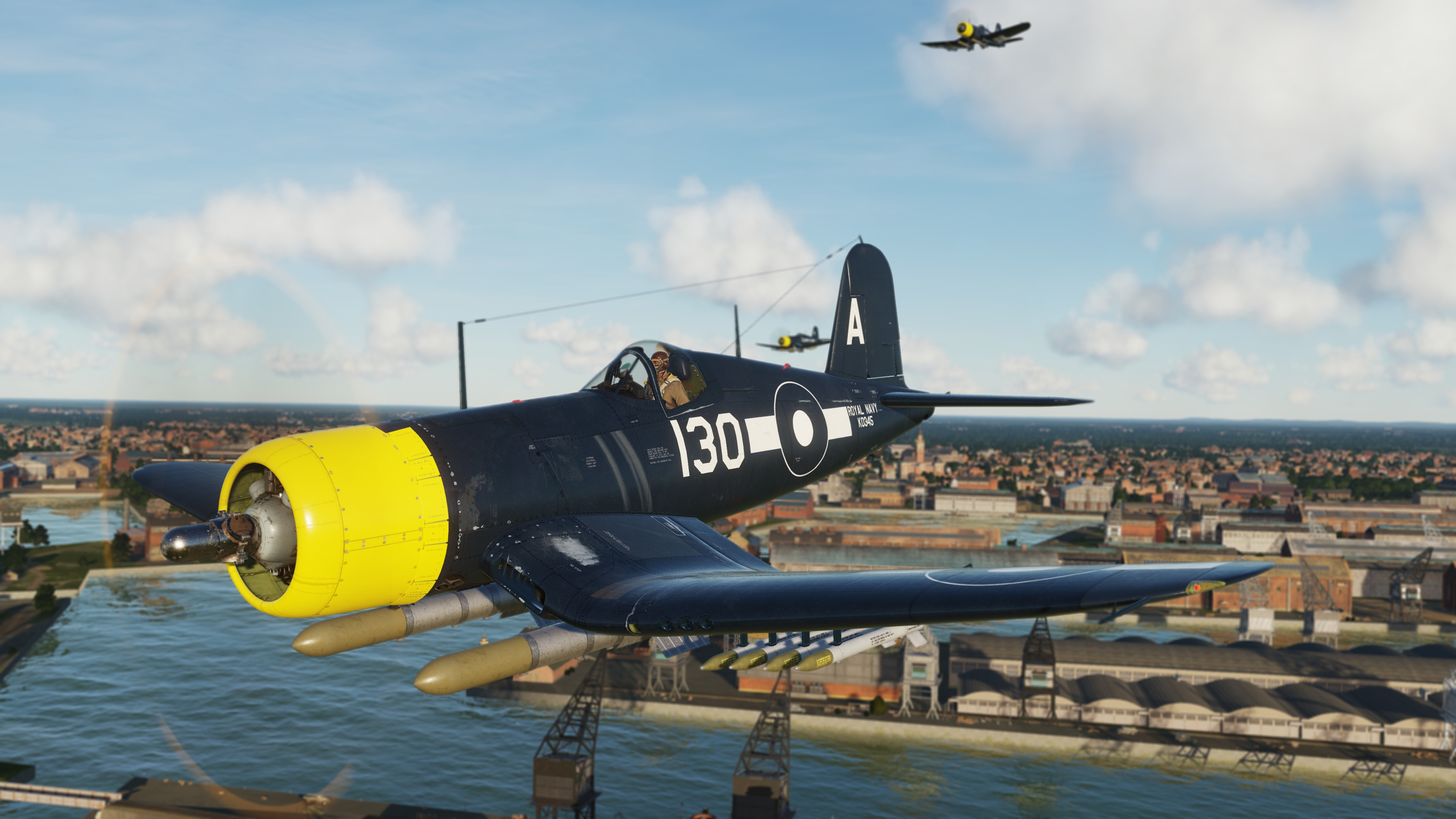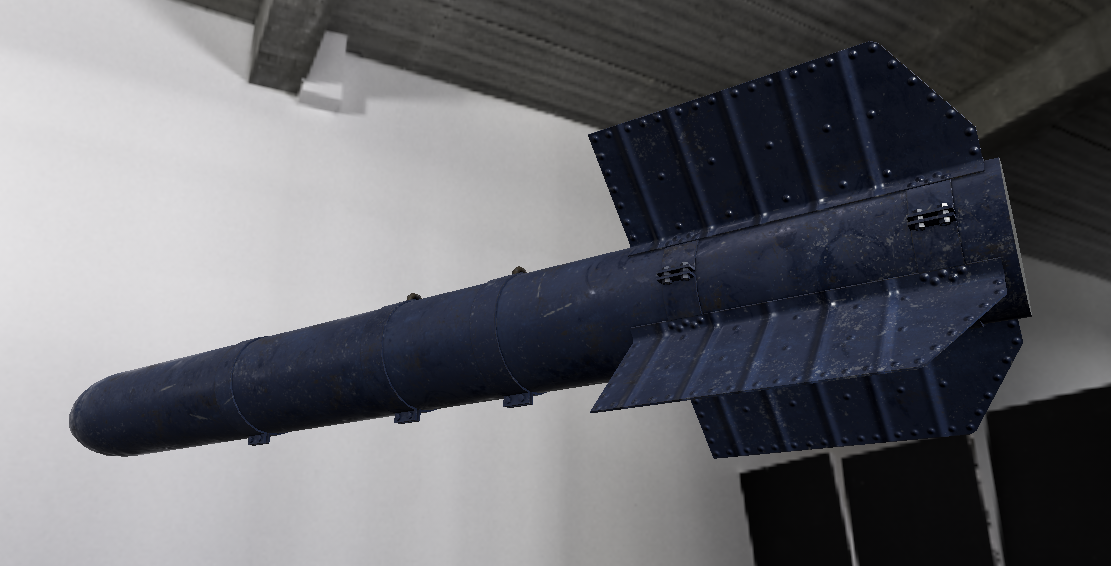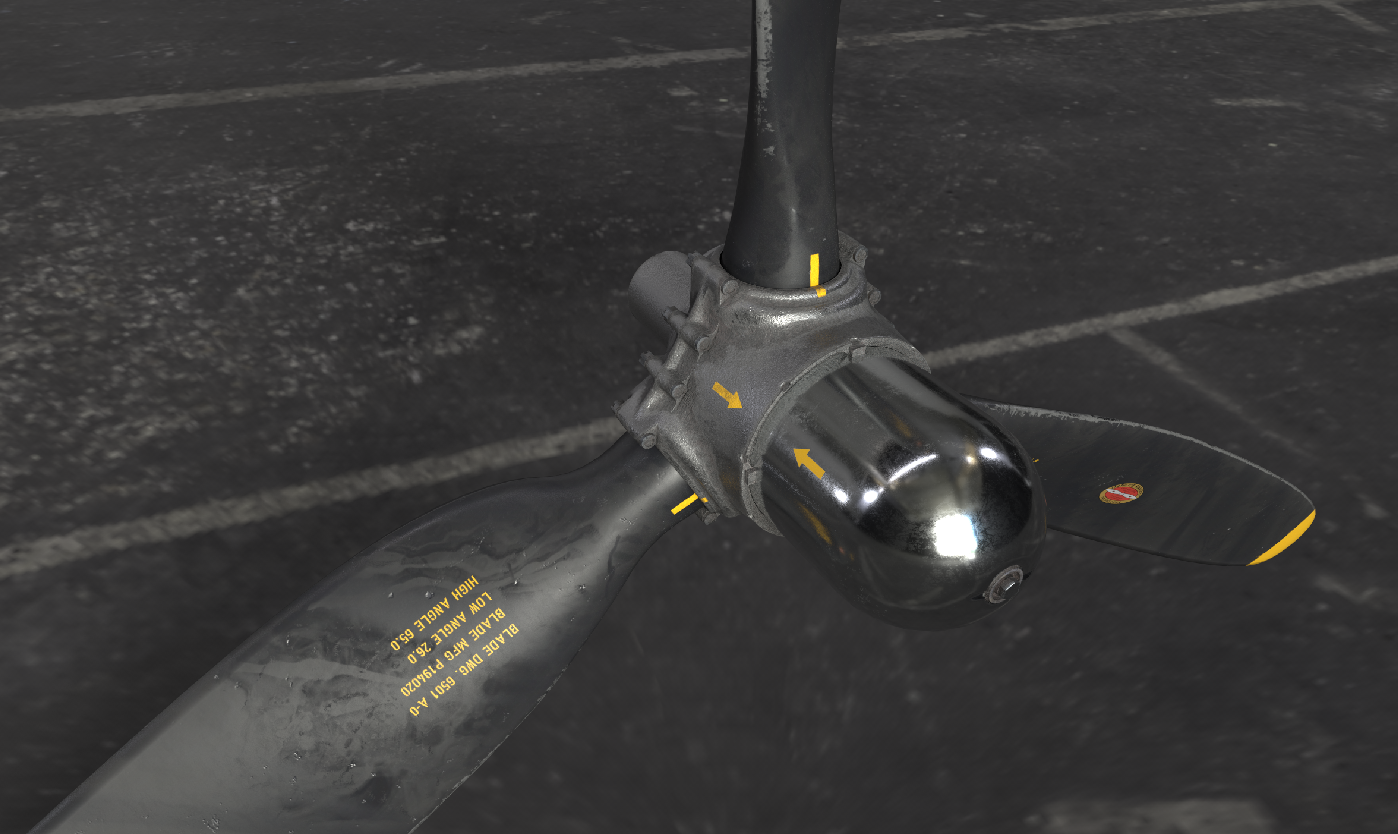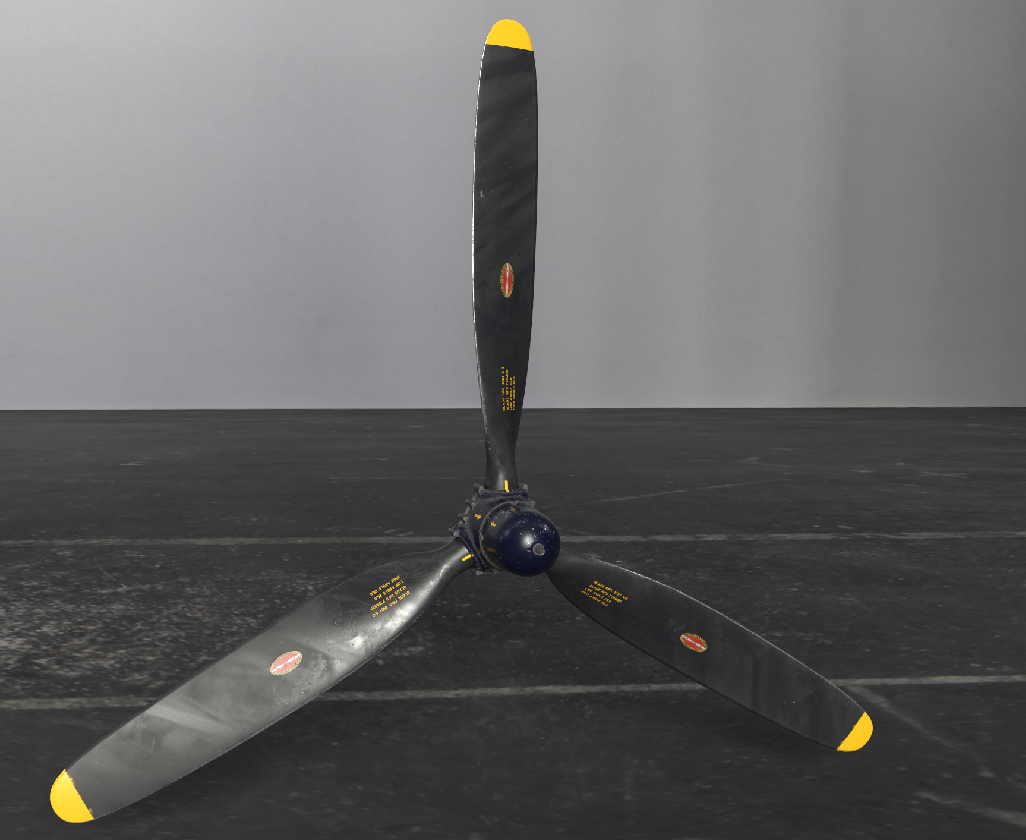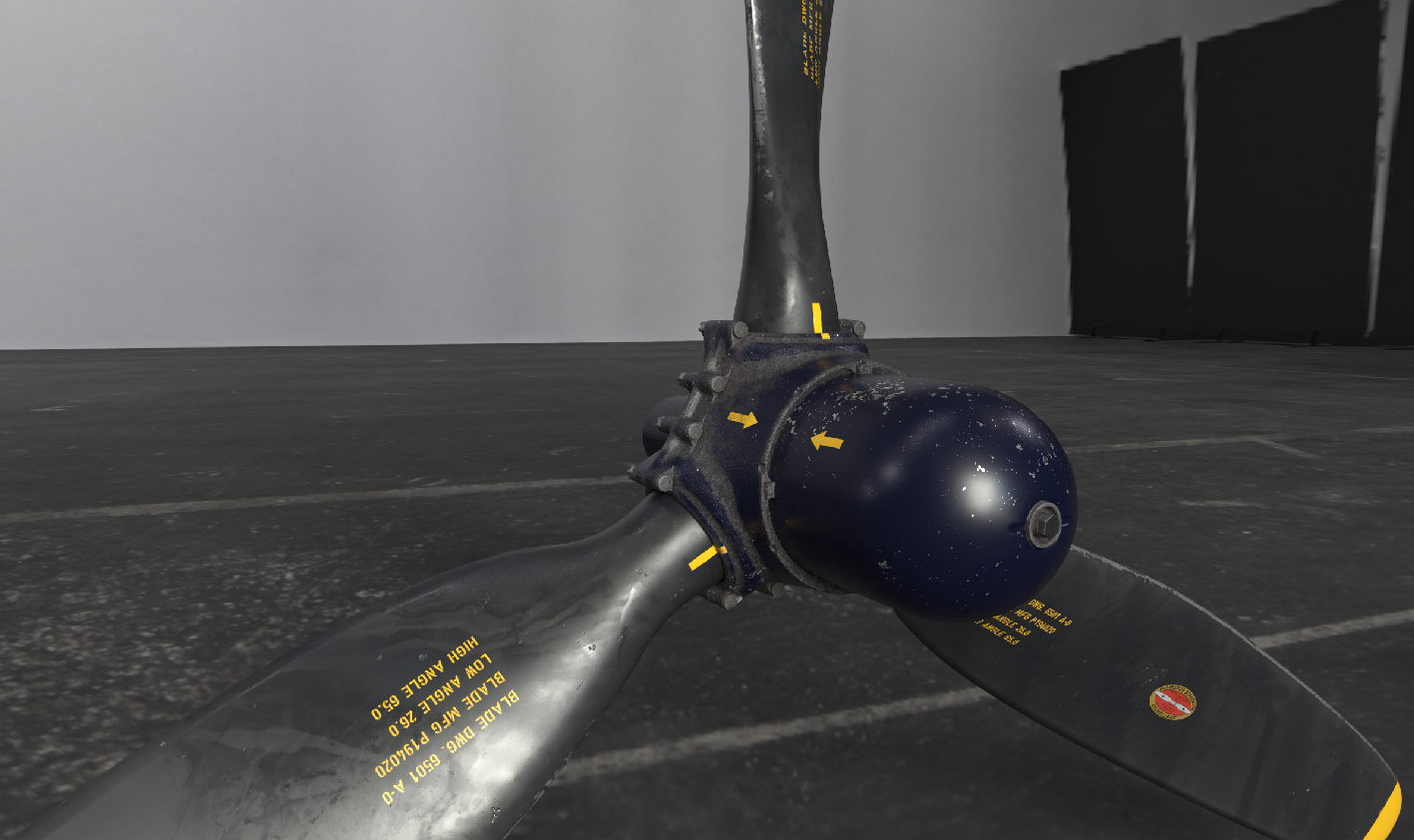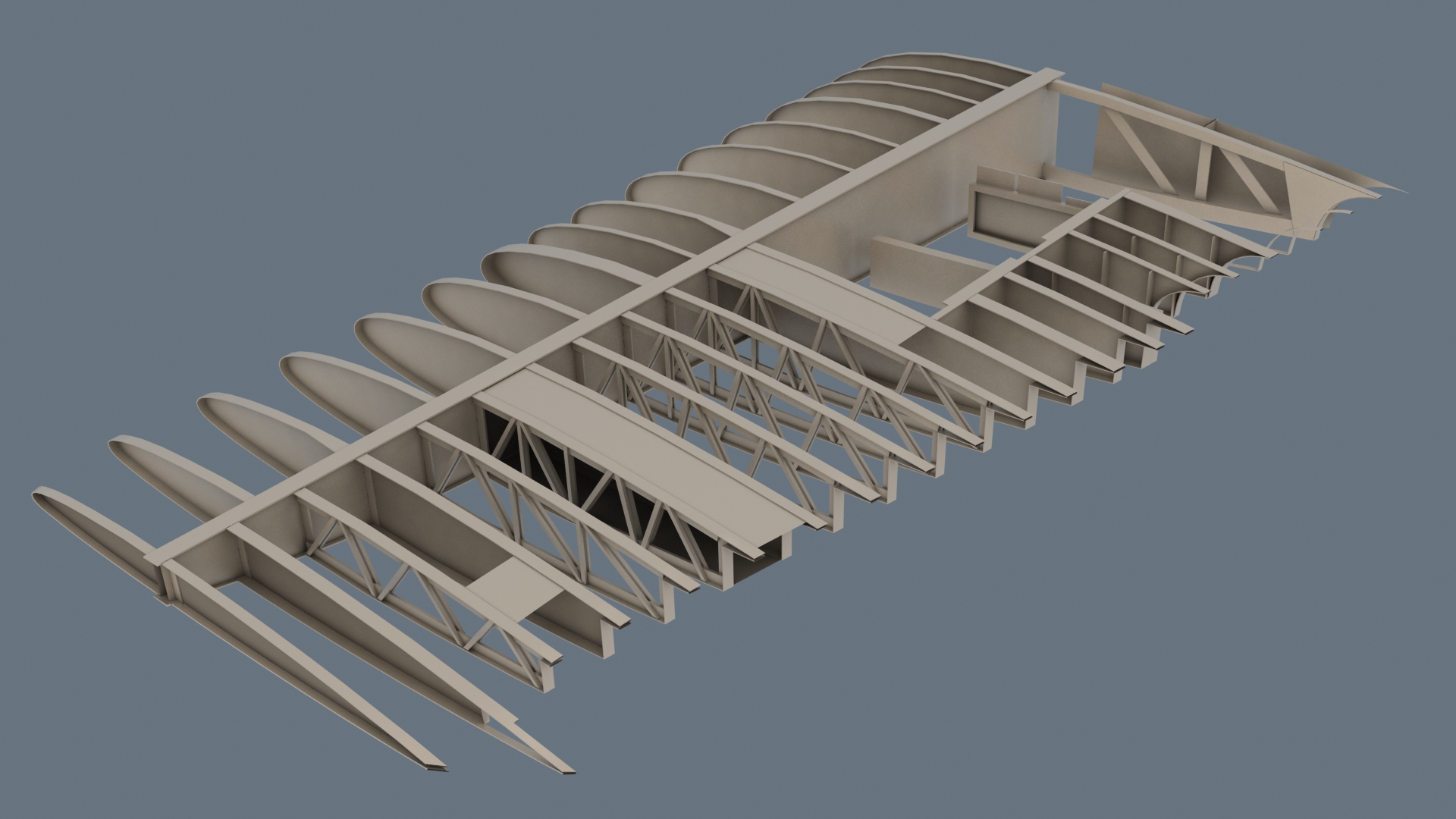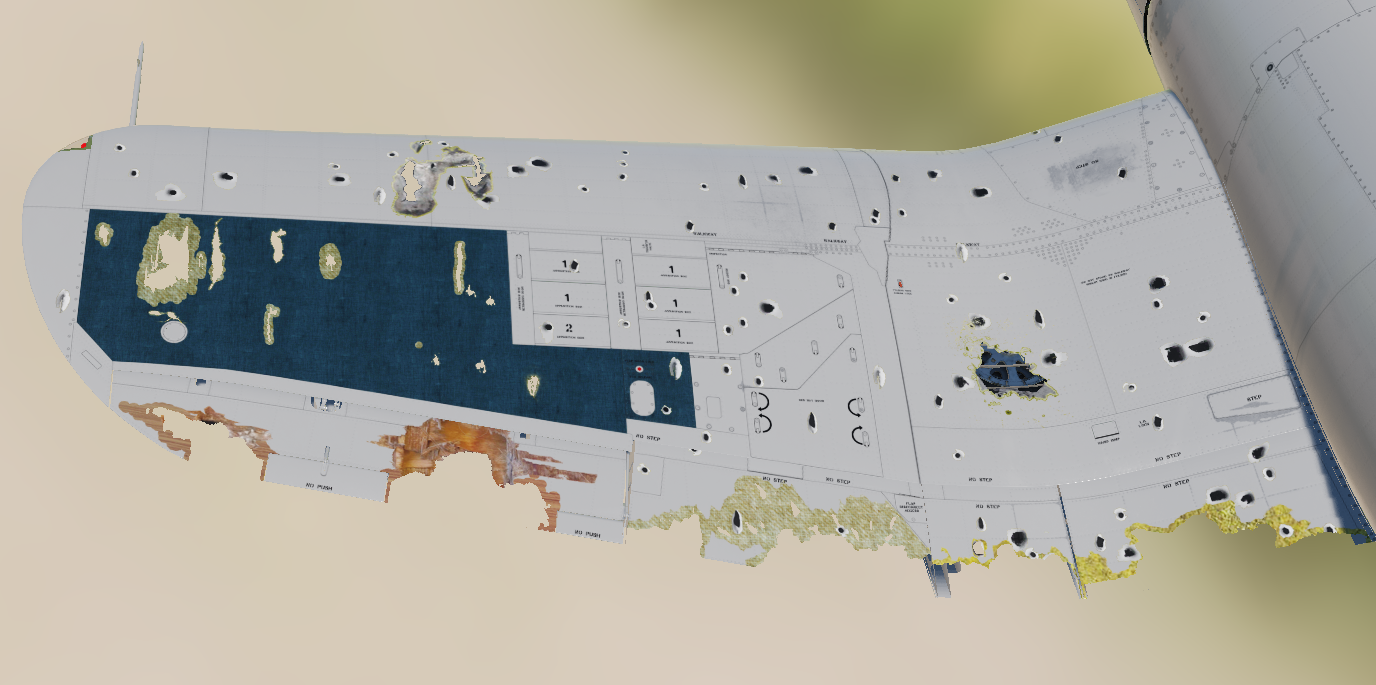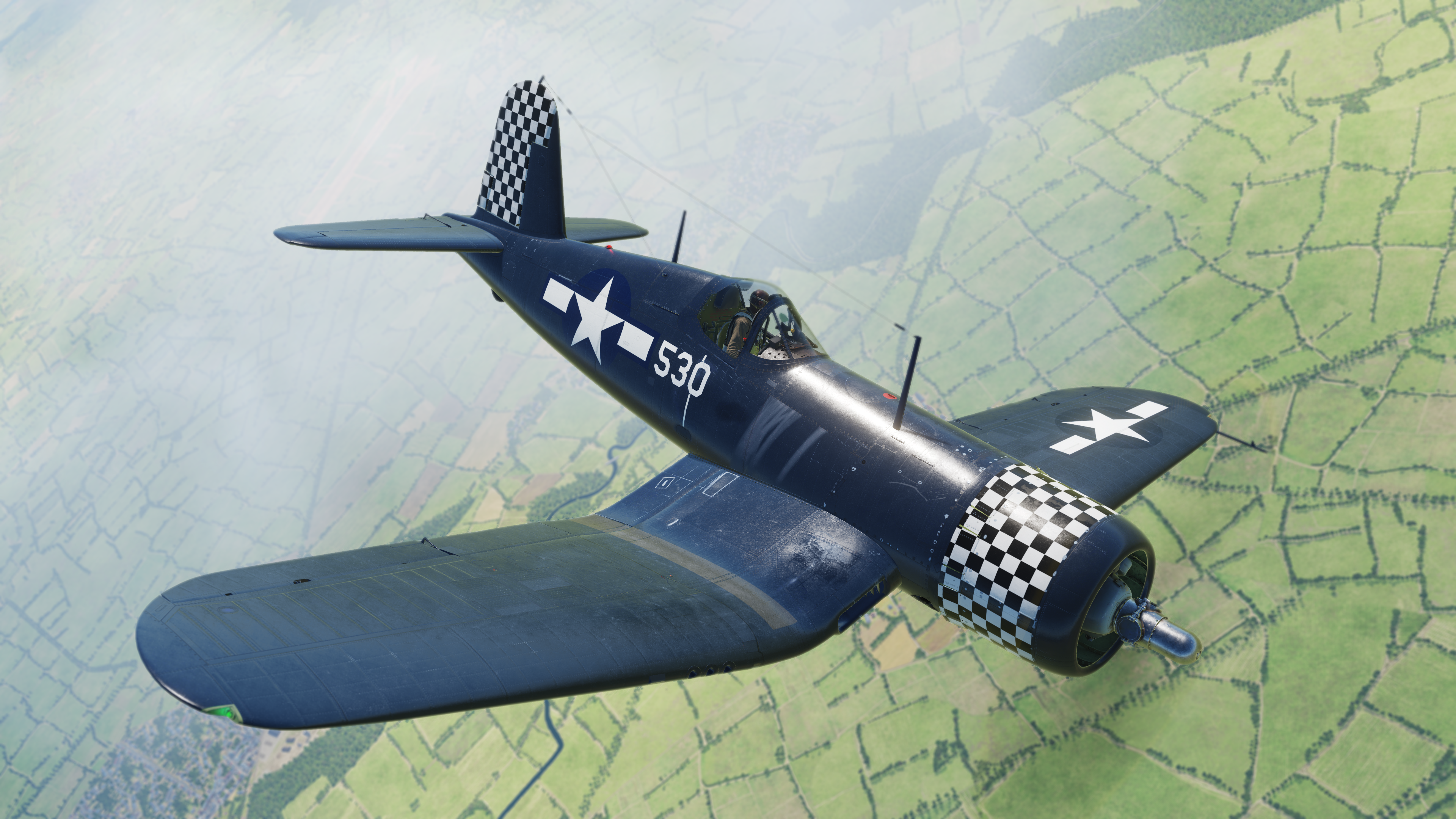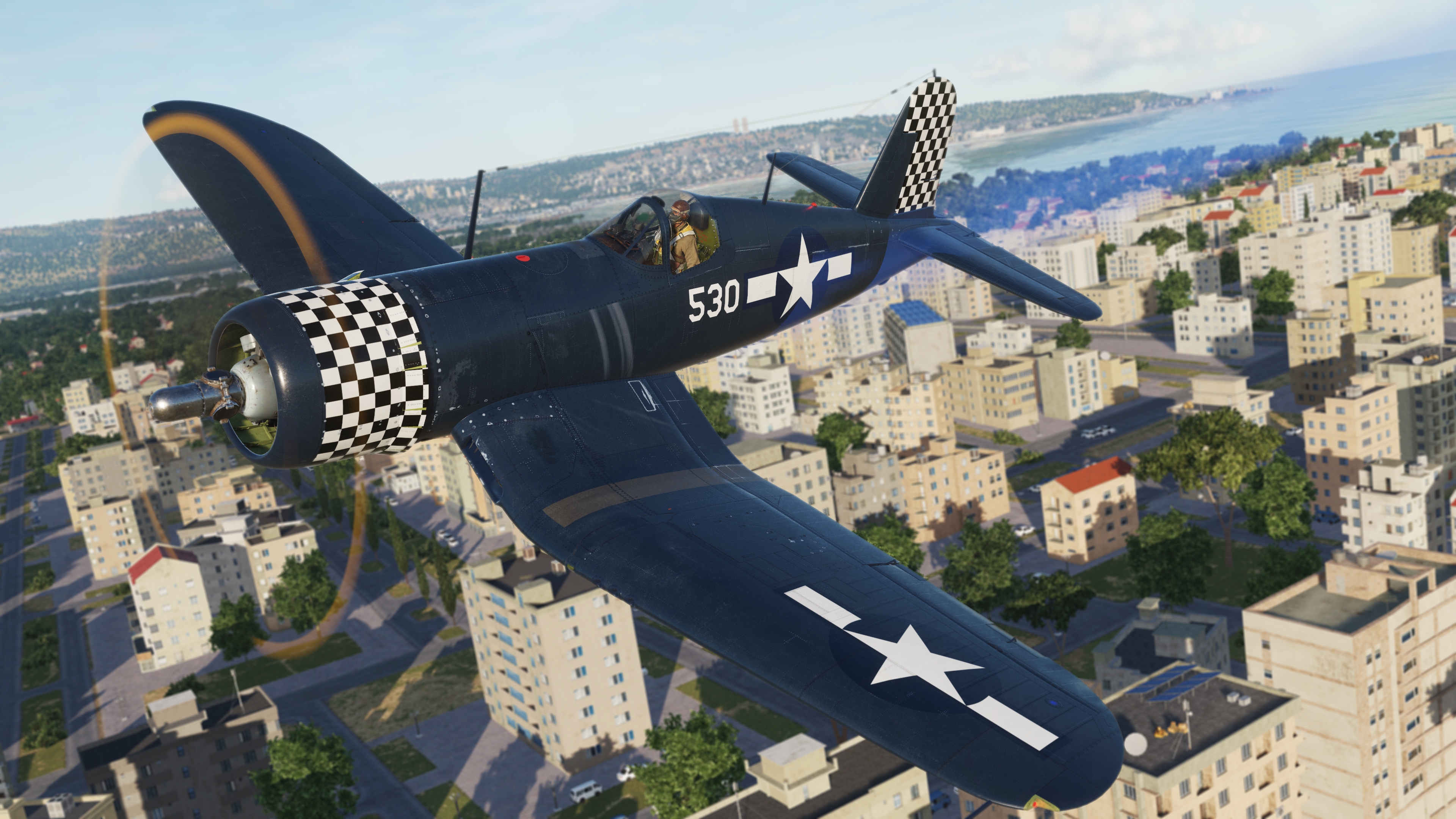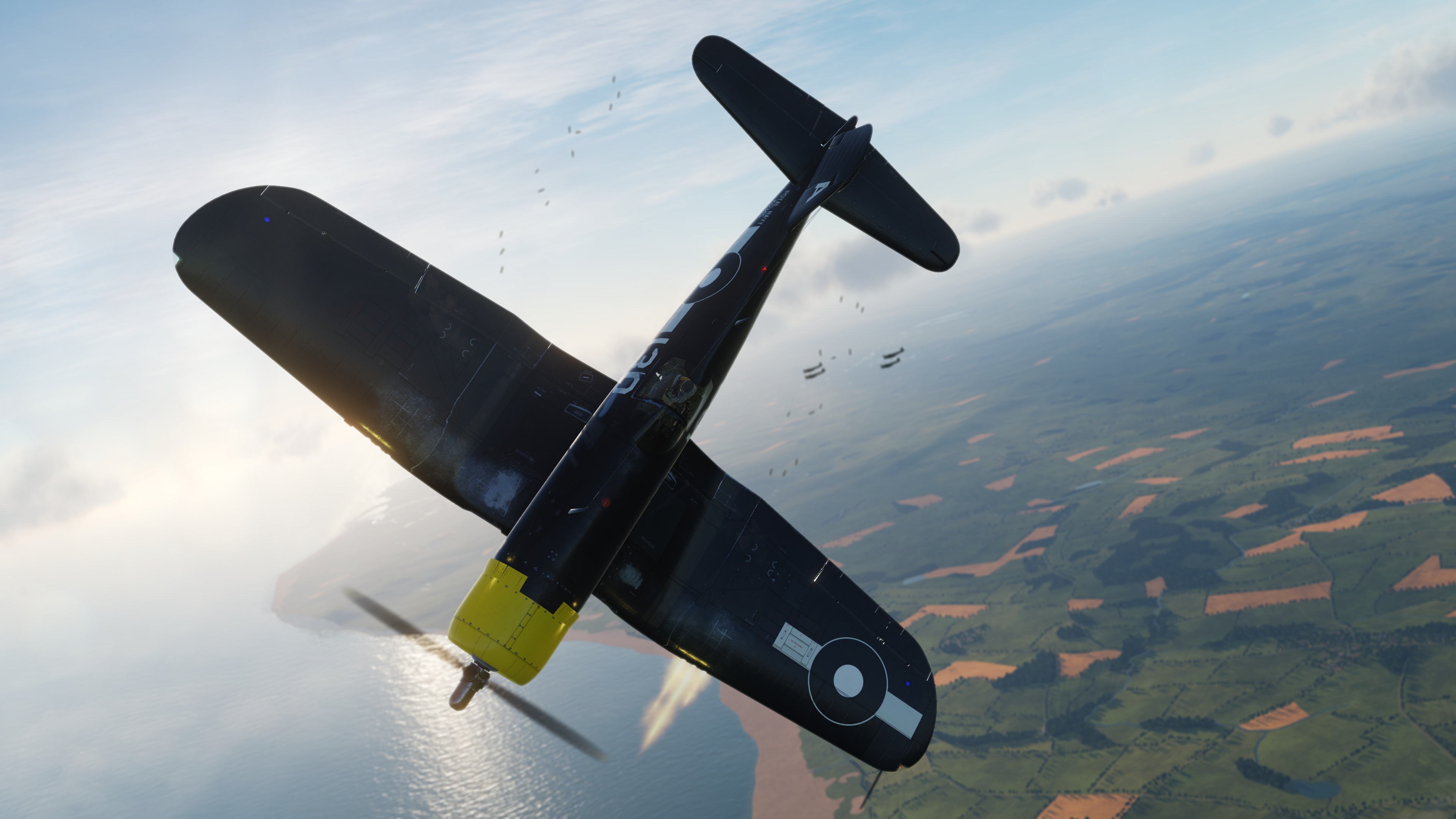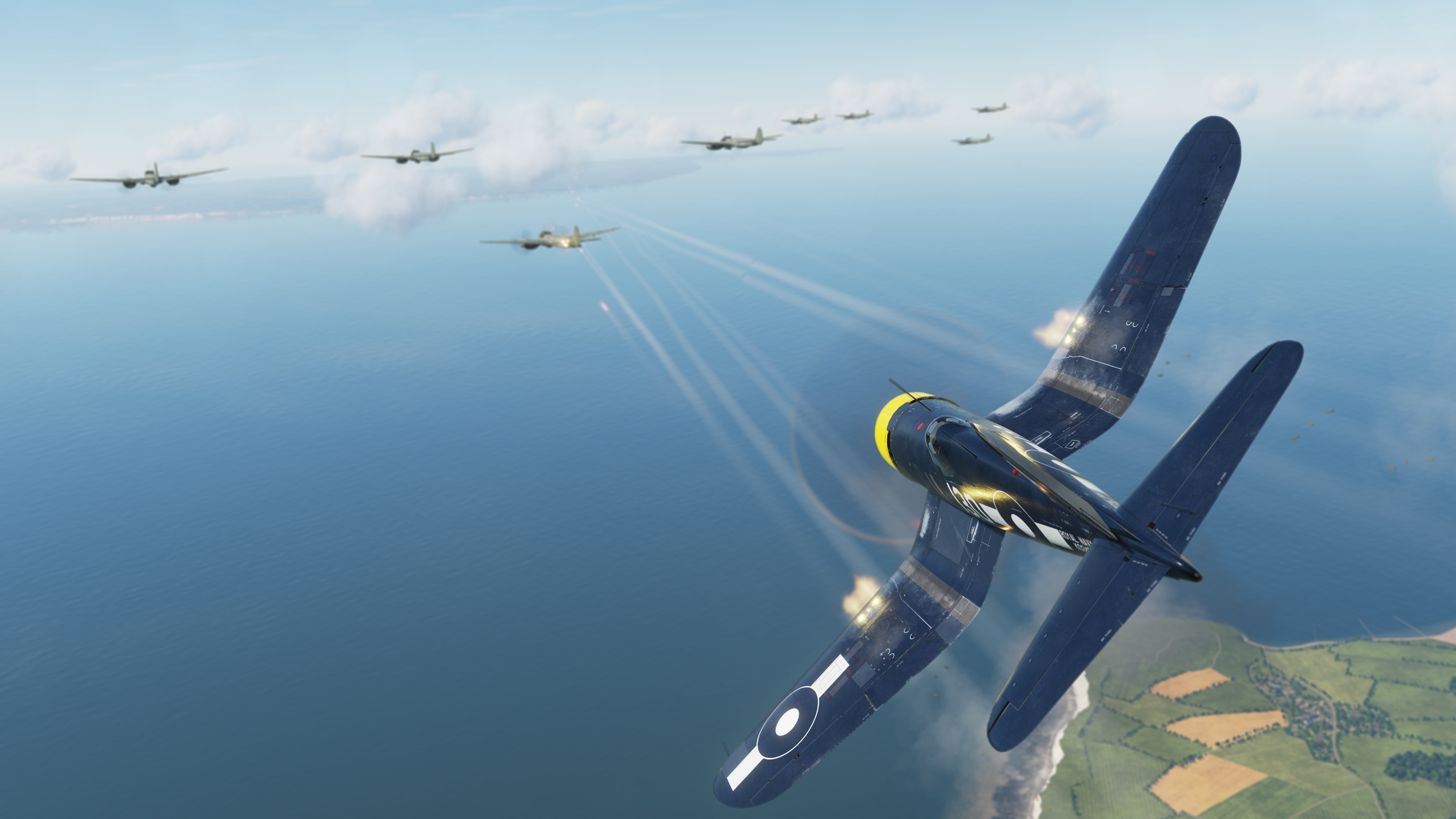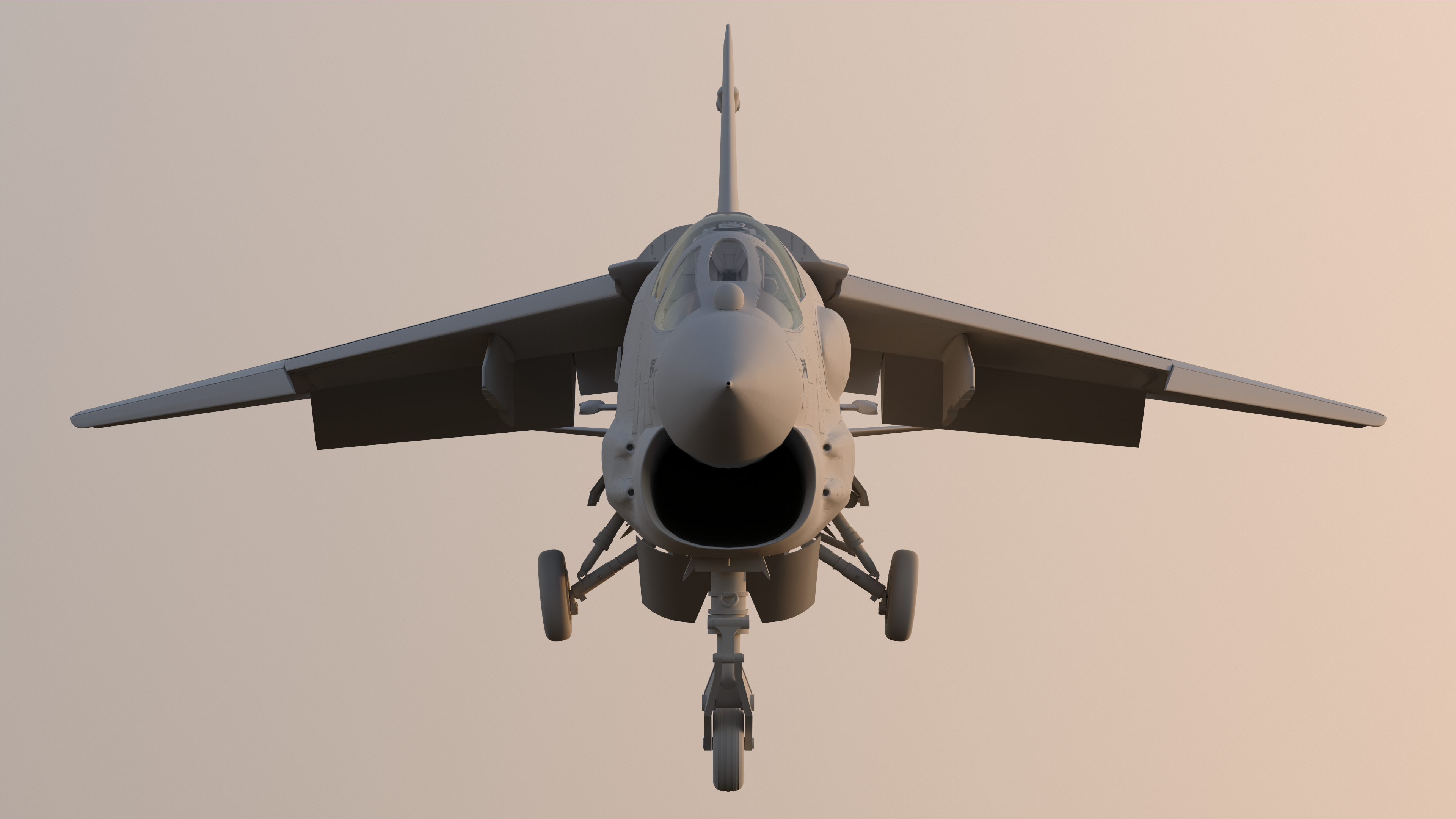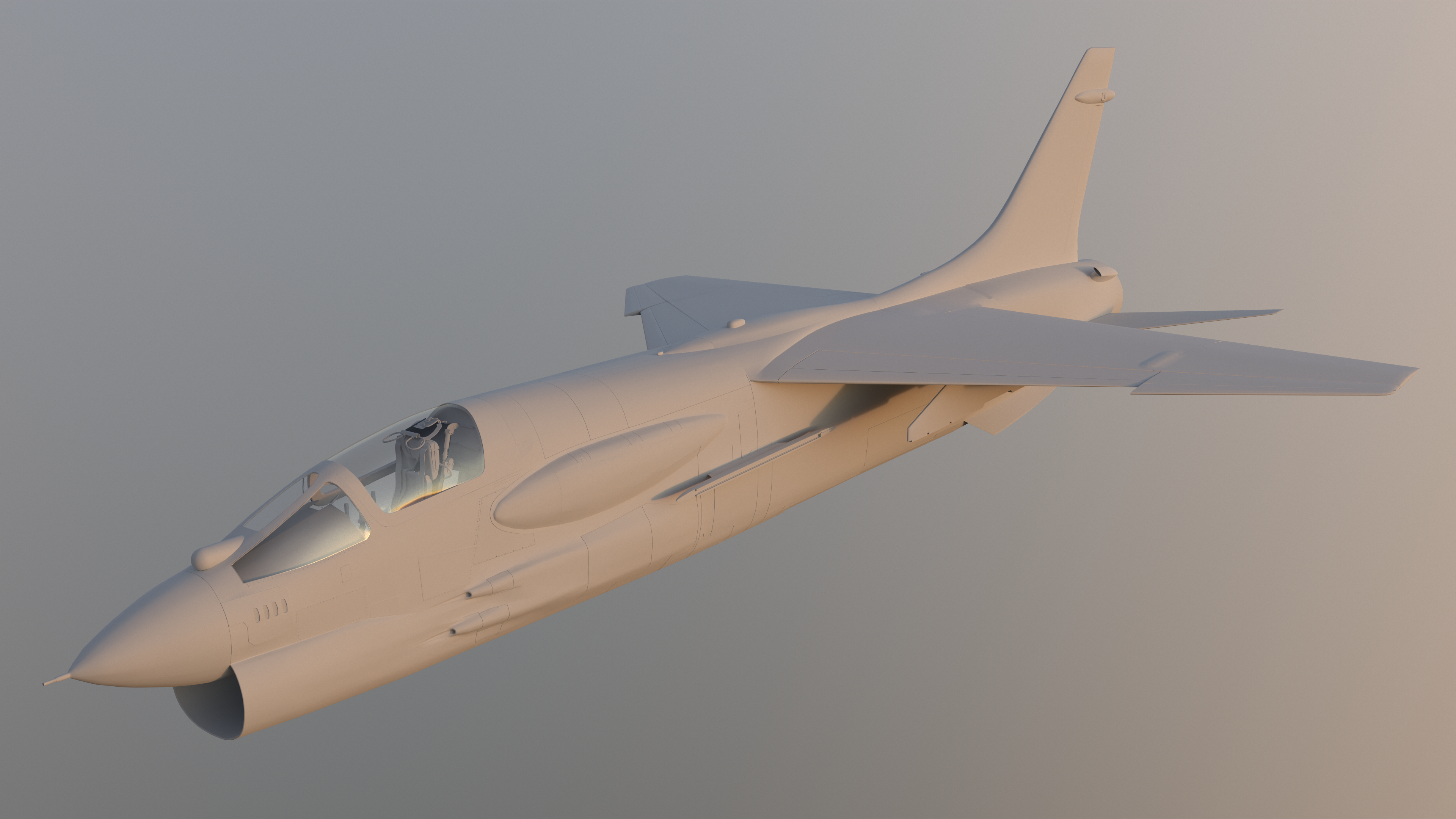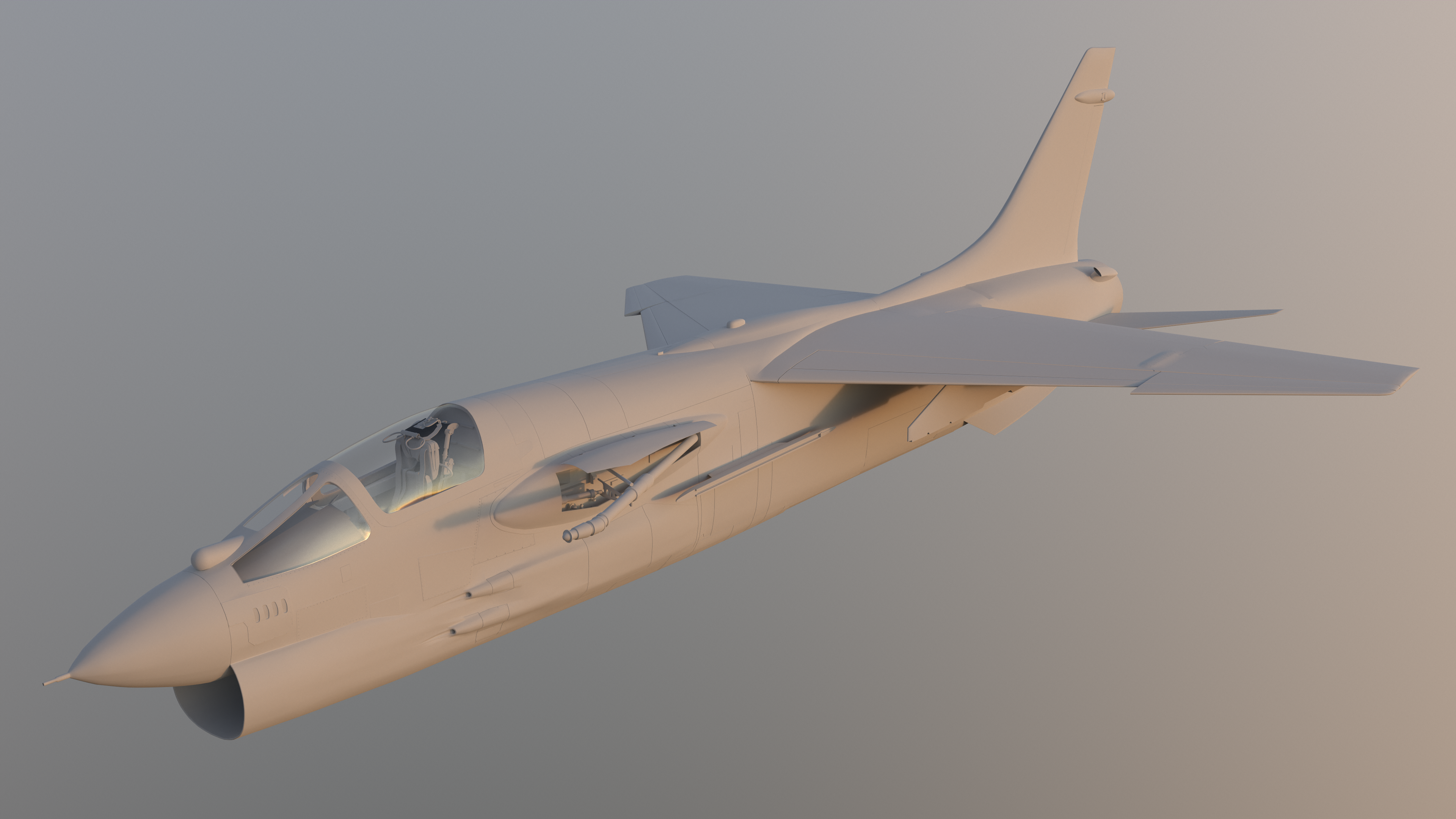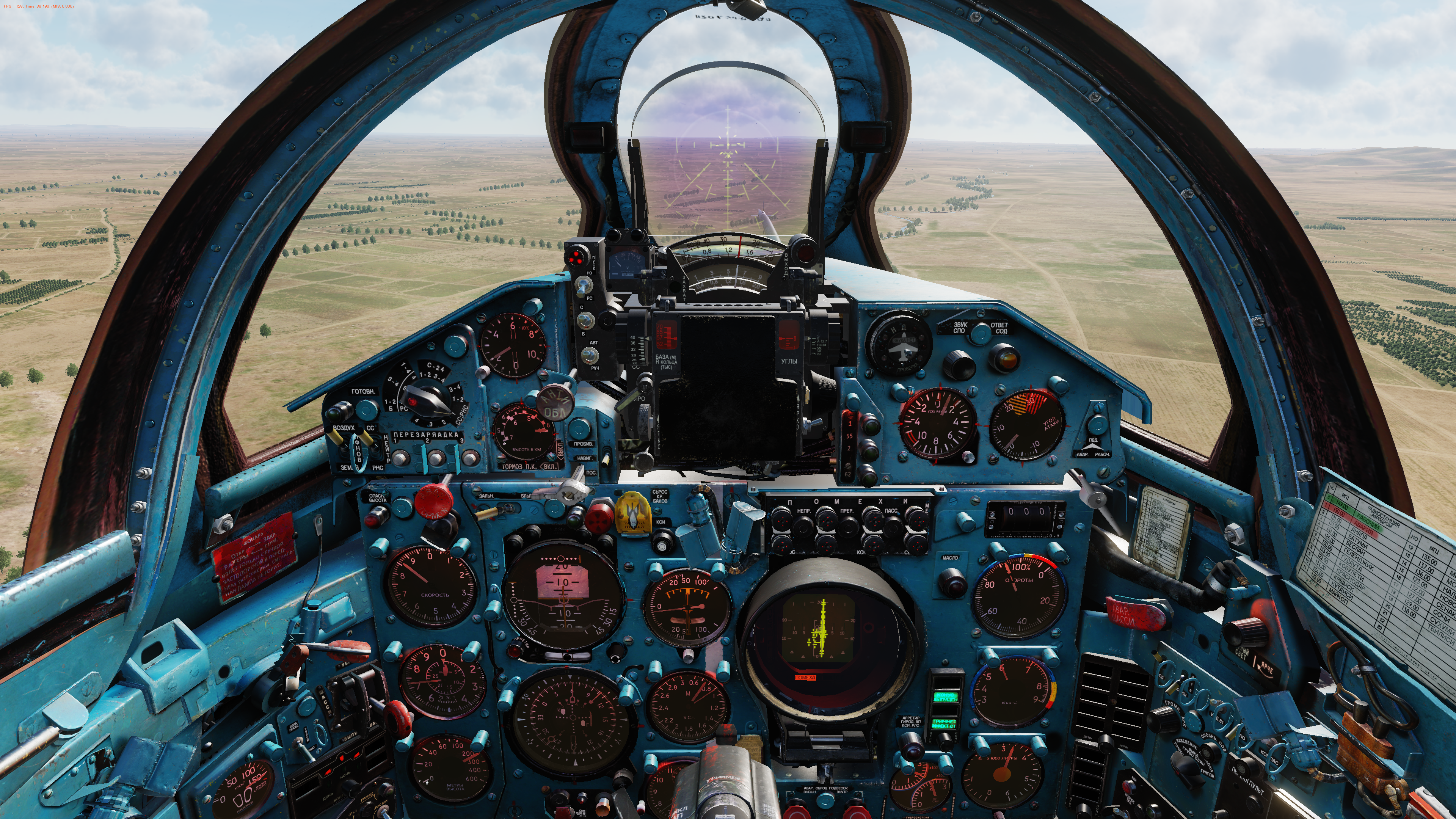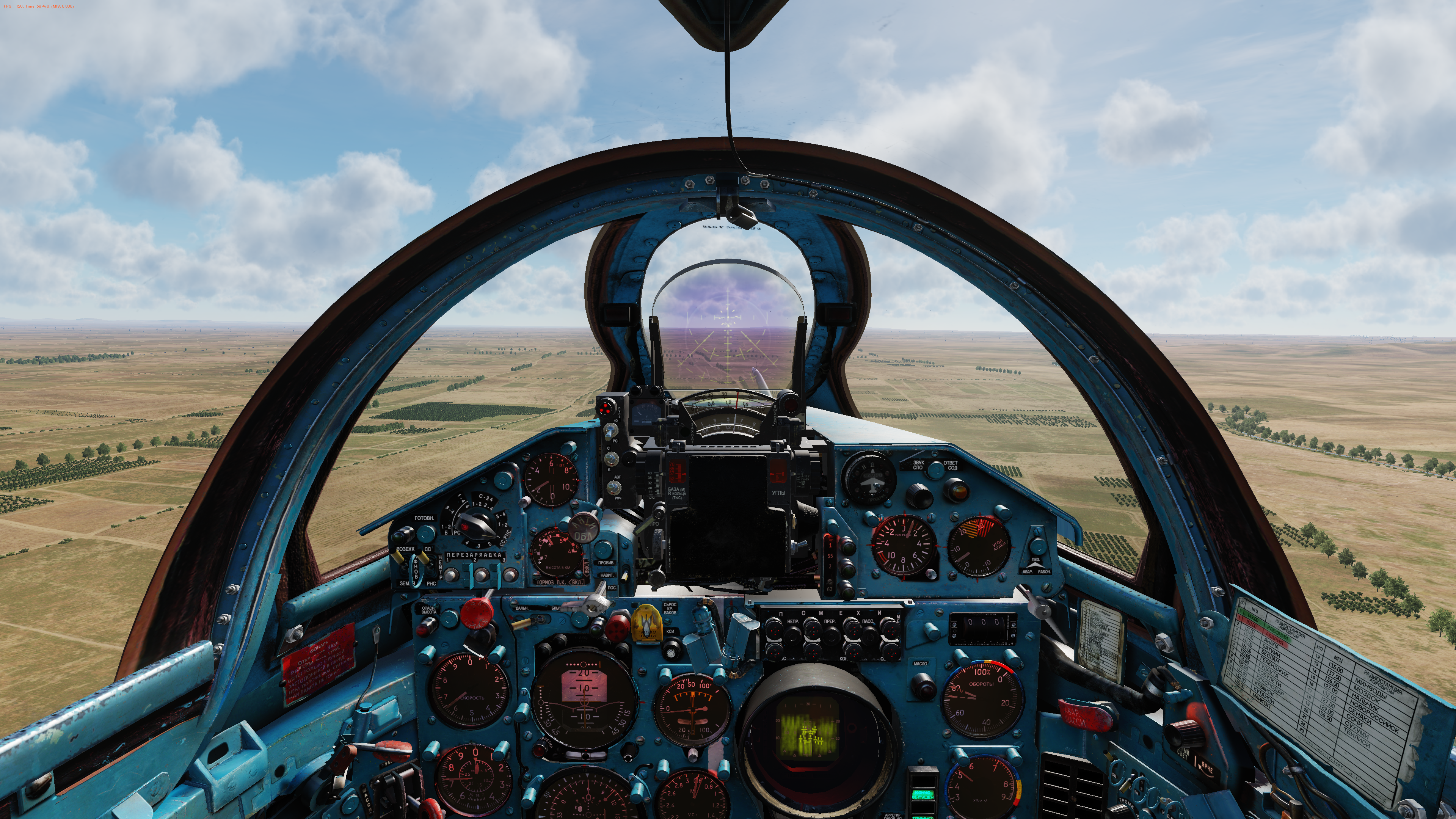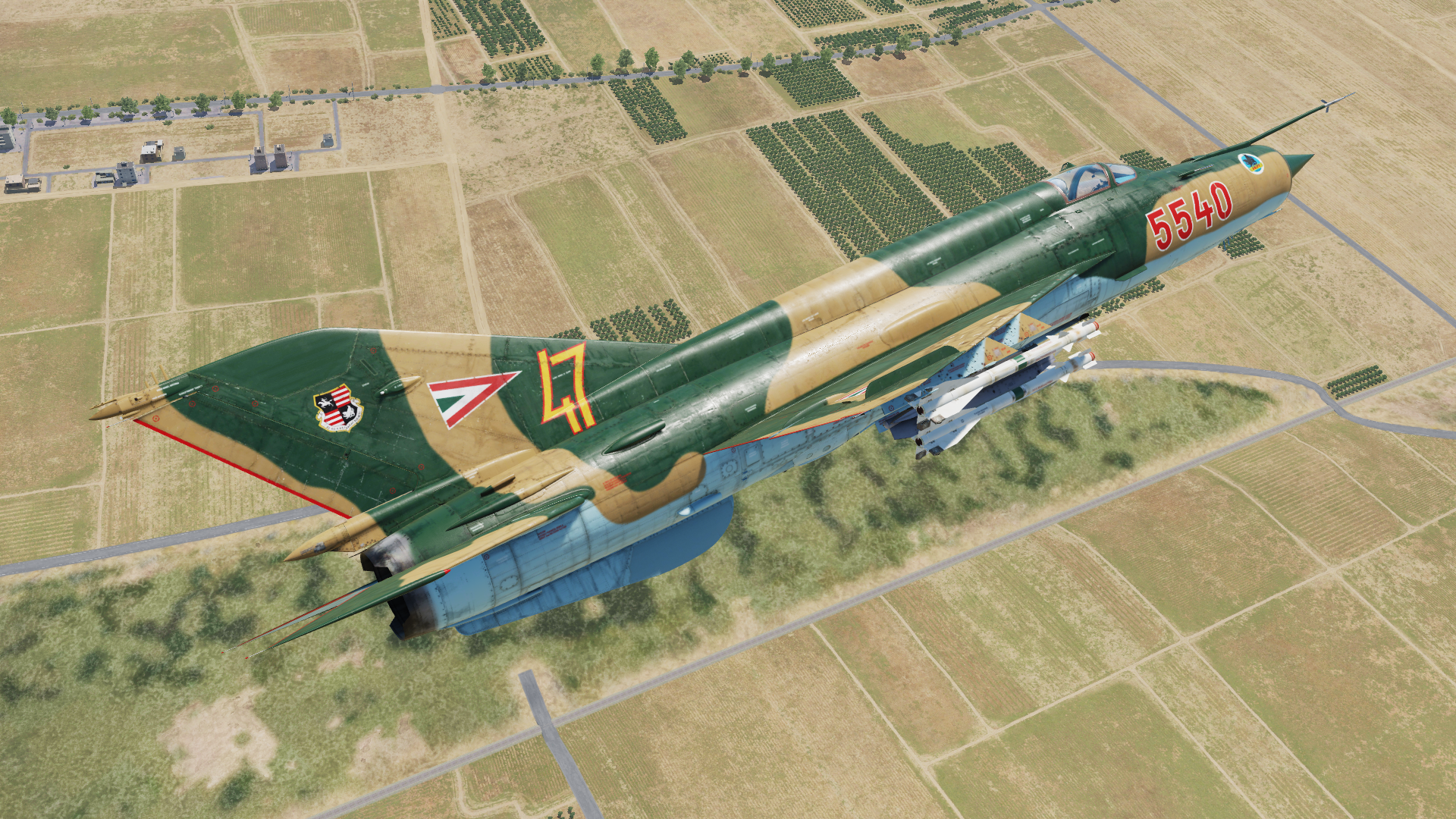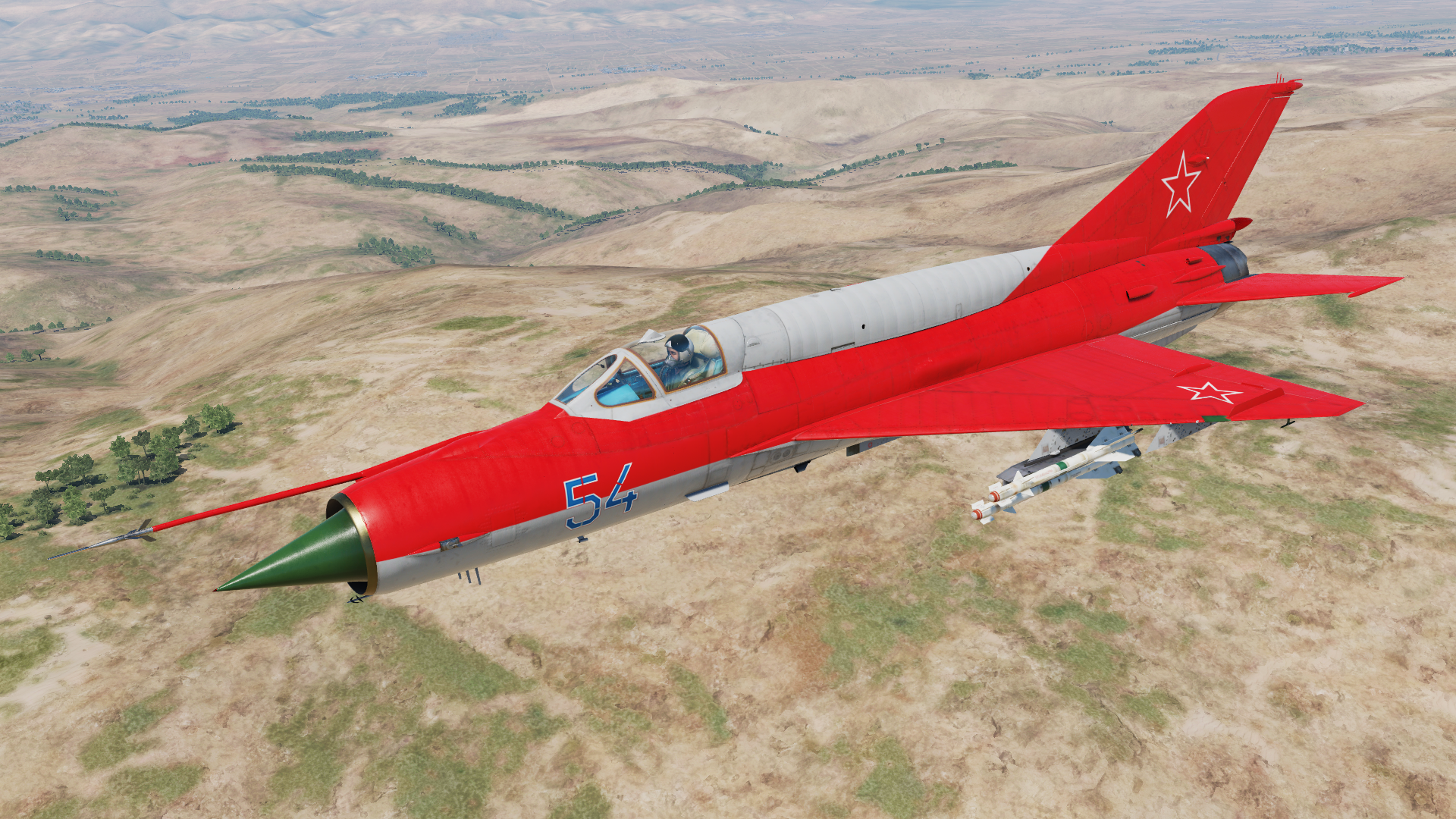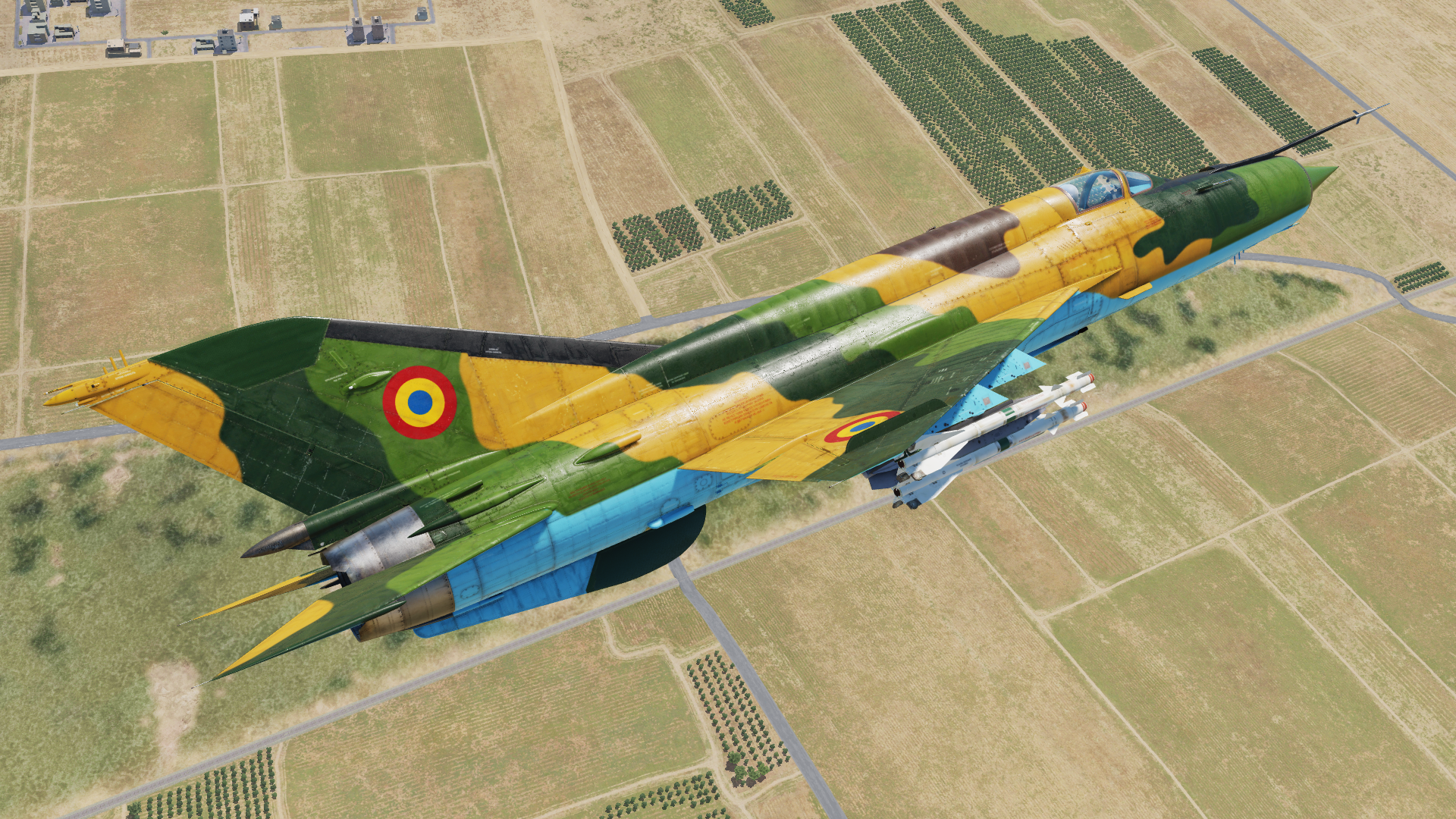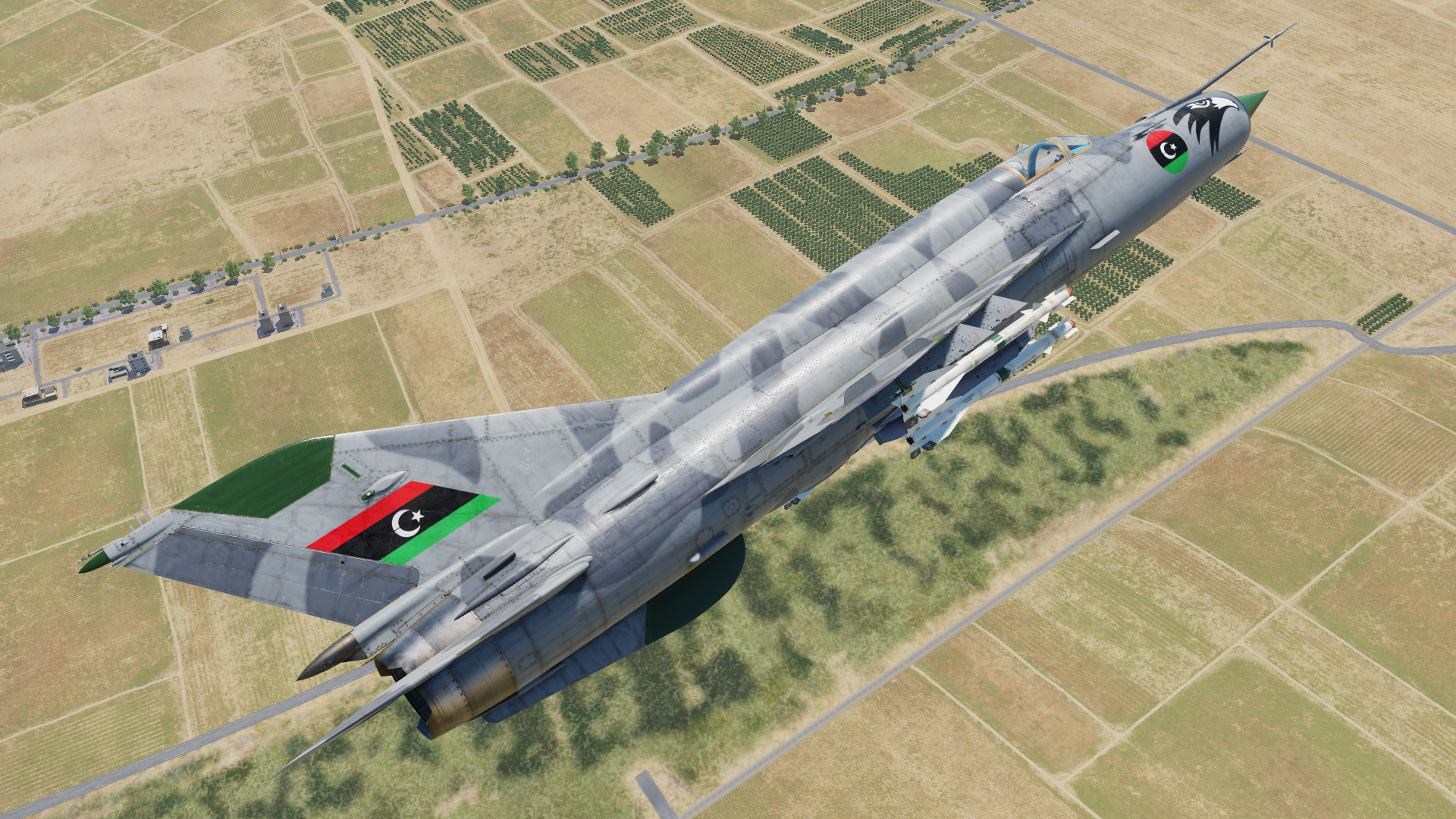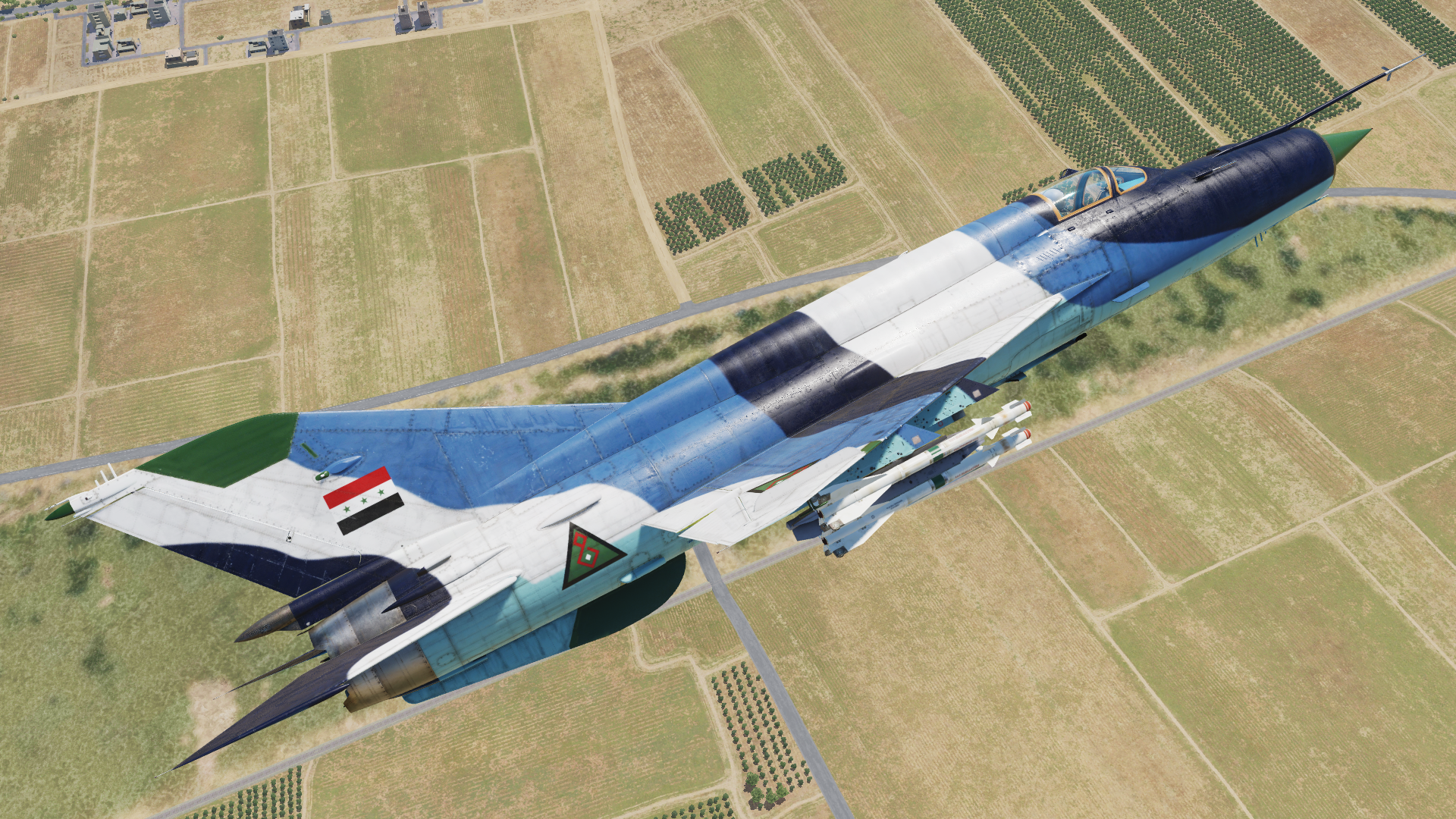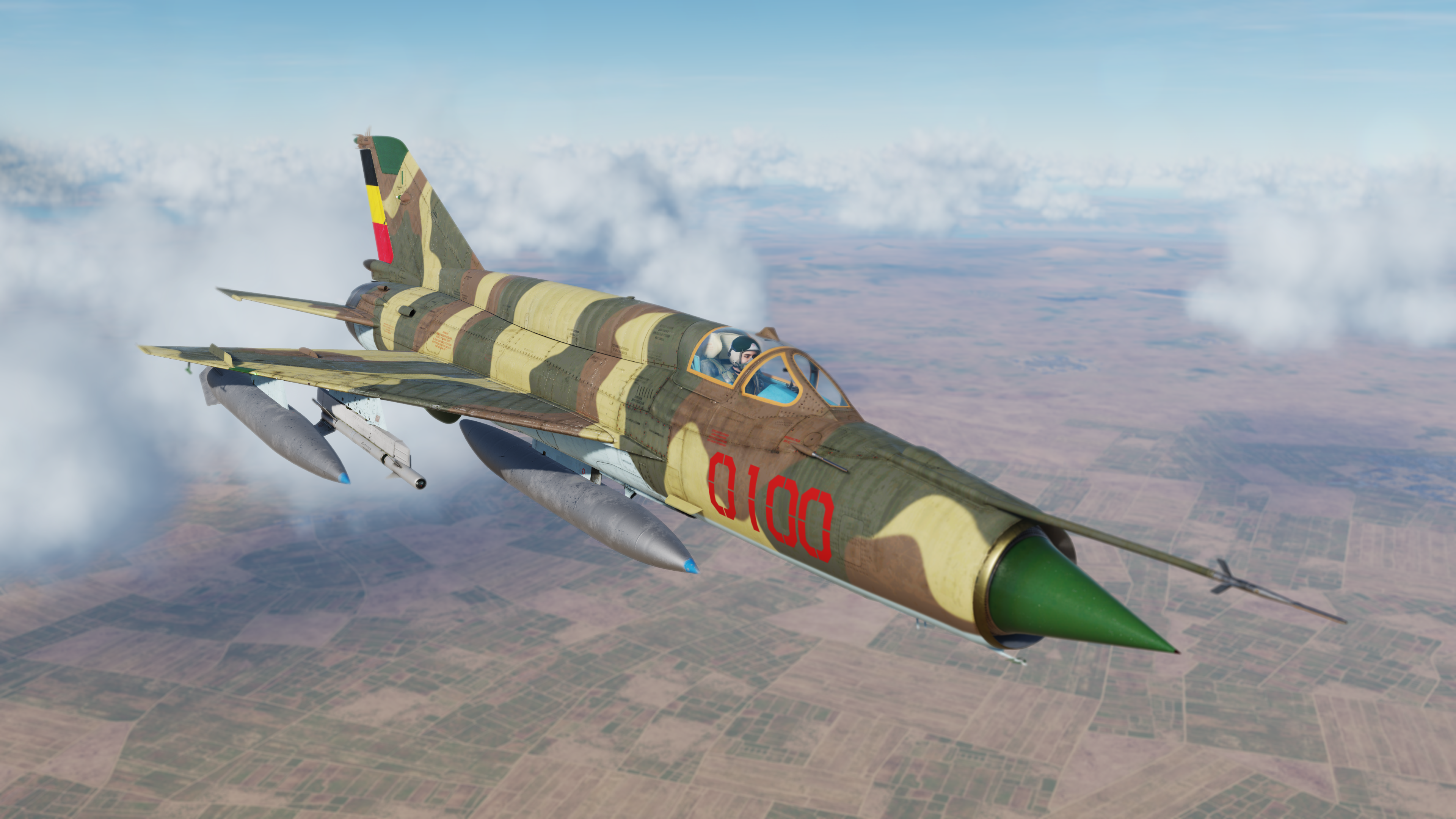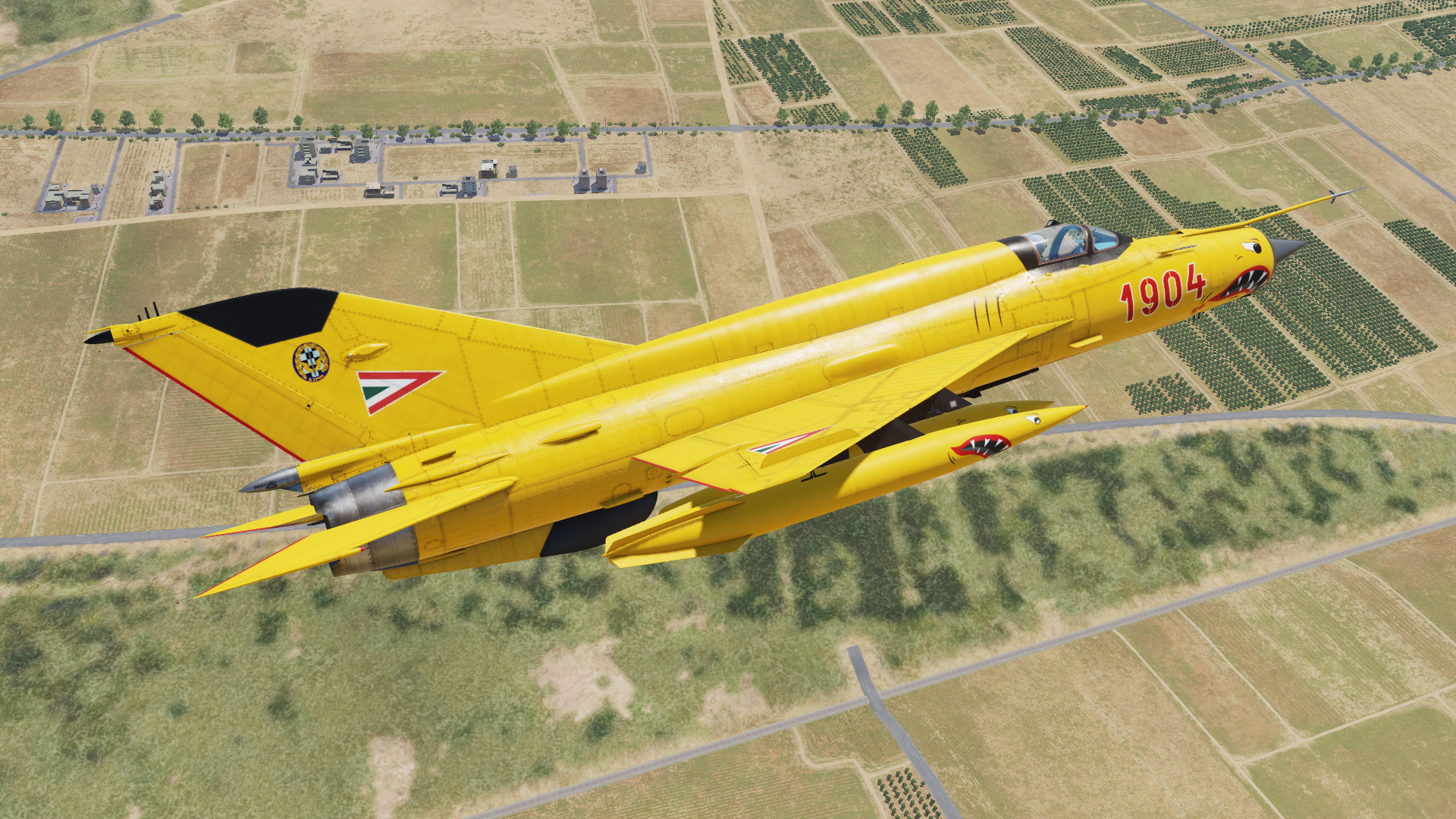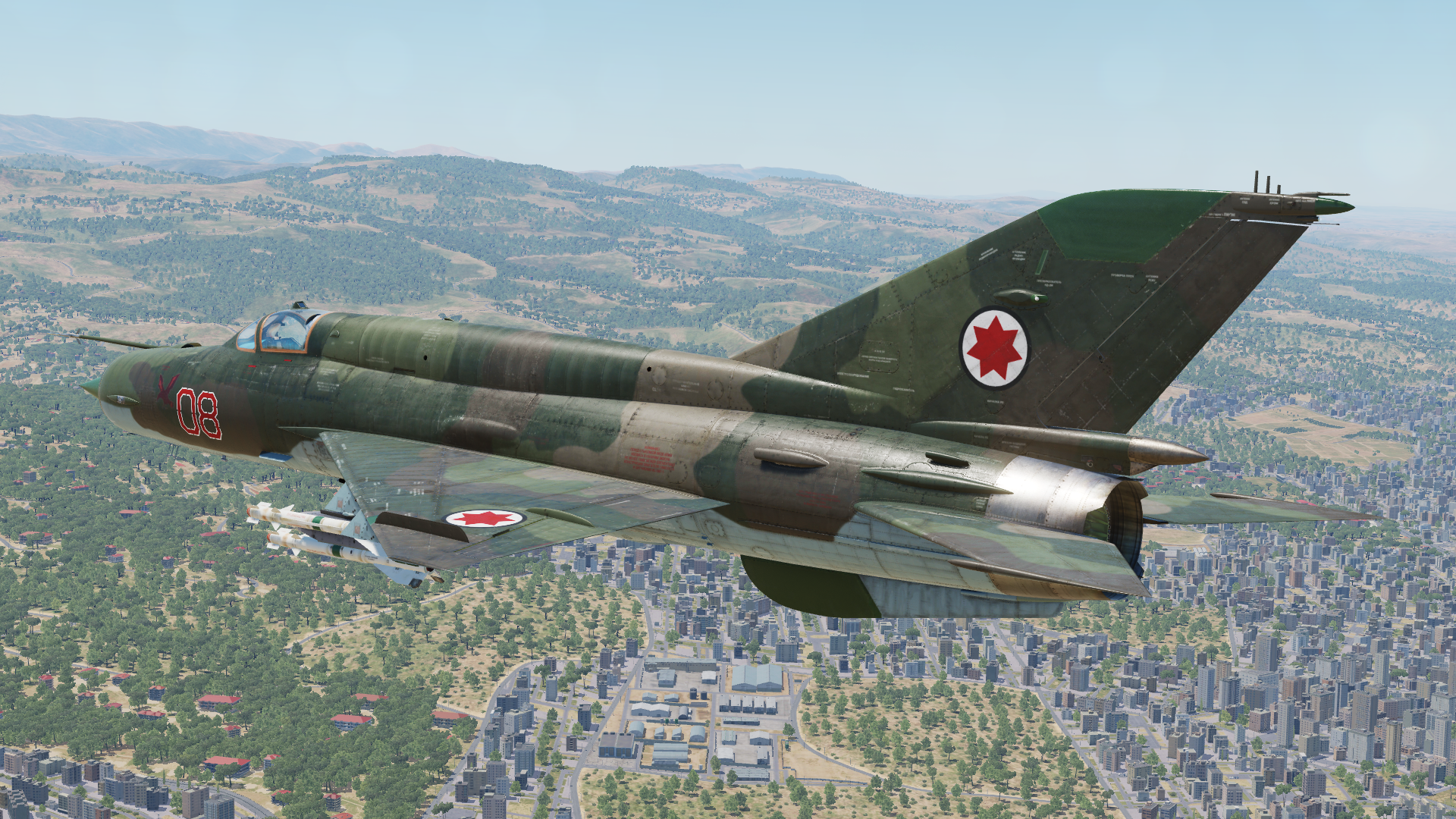2020 Christmas Update
Dear Pilots,
As the end of 2020 draws near, there are many things we would like to tell and show you. A lot has happened this year and it certainly was one of the most unusual years in our lifetime. It affected all of us in numerous ways that changed our initial plans drawn at the beginning of it. However, as 2020 fades away, we look into the future with confidence and hope that this experience made us stronger and will allow us to move forward with greater dedication to the projects that are ahead of us. And this would not be possible without your support!
So before we shut the door on 2020 and meet with our families for Christmas, our team would like to wish you all a Merry Christmas and a Happy New Year! We hope you and your families will enjoy the Holiday season and look forward to a great new year!
Chance-Vought F4U-1D Corsair
Starting with F4U-1D Corsair, we are happy to report that the module is in its final stages of development. Most of the artwork and system programming is nearing completion, while flight model and engine operation are in process of tuning and testing. A set of missions and campaign are also planned and will be done in cooperation with the renowned and talented campaign creator Reflected Simulations!
We’d like to apologize in advance, if we have gotten our fans hopes up on a 2020 release. Quite honestly we were not happy with how the ole Whistling Death was looking. So after VFAT 2020, it was decided to completely remodel the external model and give it fresh textures; along with updating the cockpit as seen in previous news posts. Our research department made great strides in acquiring manufacture schematics that allowed our artist to model a more accurate airframe. We’re sure it’ll bring joy to those that love to get up and close while viewing in F2 mode.
Lighting has definitely been a mixed bag of bulbs as Eagle Dynamics improves their environment graphics code. But so far, our artist has found a nice balance that shouldn’t blind the pilot during the day.
The cockpit lighting is very unique compared to most modern aircraft. The precision instruments were doused with a radioluminescent paint, that when a fluorescent light or ultraviolet light shined on it, would cause the painted areas to glow.
The Corsair is equipped with four AN-3038-1 Ultraviolet lamps. The nomenclature is sort of misleading as the lamps actually have standard halogen bulbs. The lense of the lamps are able to rotate that switch between a indigo blue and clear filter. The “Ultraviolet” filter will cause the gauges to glow brighter, but when the light is switched off or changed to a clear filter, the instruments glow effect will gradually fade away!
Another unique system, is that formation lights during WW2 were usually blue. The Corsair has two of them with one on each of the top side of the wing. Recognition lights are also in working order allowing any type of communication protocols. Other than the approach light, all light have a steady and flashing mode.
The Tiny Tim rocket is what happens when resources are low and a weapon is needed to combat enemy ships’ heavy anti-aircraft batteries that stood in the way of bombers and attackers. The diameter of 11.75 inches came from using unused oil refinery field piping that engineers saw was perfect for fitting the 500 pounds semi-armour piercing bomb.
To fit the rocket onto the Corsair and not damage it, engineers attached the fin assembly on backwards to clear the flaps. A lanyard was also attached from the rocket’s motor to the wing. The rocket was released like a bomb, and as the lanyard broke from the tension, the motor would fire off.
Two liveries were created. Unfortunately at this time, we can only include one version. Help us make a decision by giving your vote on our strawpoll!
Hailing from around the world, a community member who specializes in propeller engineering graciously sent us an accurate representation of the Hamilton Standard 6501A-0 mounted on the 23E-50 hub. Our artist spent some time texturing the model bringing it to life, showcasing leading edge wear, leaking lubricants, and markings.
As computer hardware becomes better, it allows our artist to create better details for damage. Case in point, the artist is currently creating a simplified frame structure that can be seen through holes, or when parts fall off.
Vought Aeronautics F-8J Crusader
Moving on to the next Vought design, it’s final high quality external model development is progressing in a steady and encouraging manner. Many of the visual peculiarities of the design can be now distinguished.
First and most obvious is the variable-incidence wing. The wing had two fixed incidence positions relative to the fuselage. A low position (retracted wing actuator) at -1 degrees for all flight conditions except landing and take-off, and the high position (fully extended wing actuator) at +7 degrees for landing and take-off. Decision to adopt this unusual solution improved vision for the pilot during the take-off and landing approach, allowing to use a smaller canopy following the lines of the fuselage instead of a more conventional large-size canopy that would cause too much drag. Out of all Chance-Vought unusual solutions, this one still appears to be the most conservative one, considering an alternative was proposed to adopt an “elevator” cockpit that moved the cockpit, pilot, canopy and windshield several inches above the normal position.
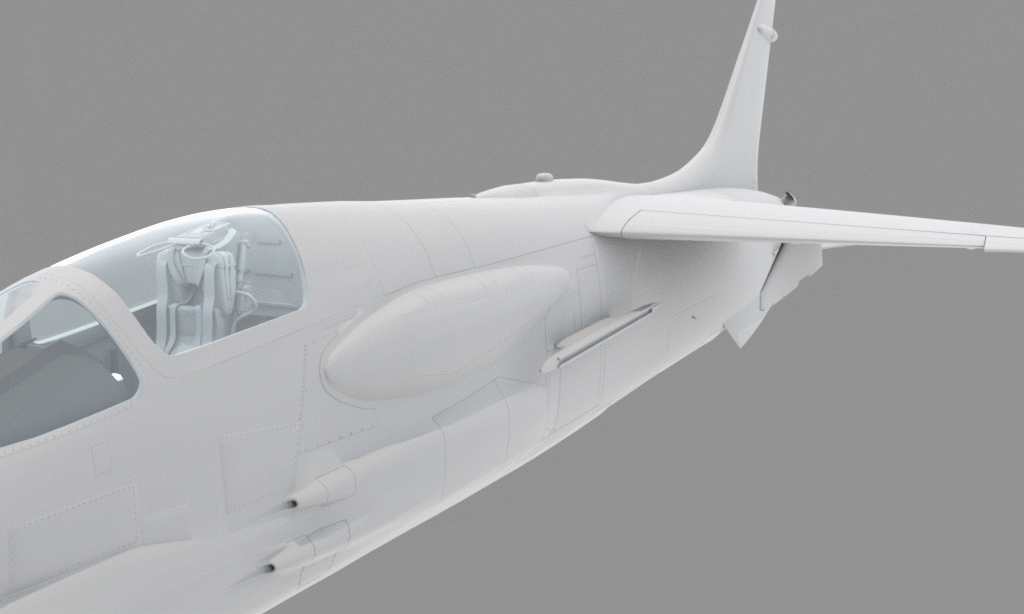
The other peculiarity can be seen in the fuselage shape. Initially a very simple shape was considered but this quickly proved to be sub-optimal. In transonic flight, air pressure could increase up around the fuselage, increasing the transonic drag. The solution to this was provided by the so called principle of “area rule”, discovered in 1952 by aerospace engineer Richard Whitcomb. Area rule, more commonly known as “coking” (due to resemblance of a coke bottle) was extremely important in reducing transonic drag by pinching or changing the shape of the fuselage to allow the airflow over the wings to remain even. The areas ahead and behind the wing were the most affected ones by the application of this rule.
Mikoyan-Gurevich MiG-21bis "Fishbed-N"
Now, a long awaited gift!
This year caused countless problems, even for our beloved MiG-21bis. Since the April of this year, we’ve seen a number of reports indicating severe framerate issues, preventing many users from enjoying the Fishhbed completely or at least when using the radar. Severity of this issue did not remain unnoticed and we have attempted a few times to solve it, releasing various changes and tweaks. This effort proved fruitless in the following months despite our sincere attempts.
Instead we have taken a more radical approach and decided to rewrite most of the RP-22SMA radar code and change some settings at the very root. This took longer as it was a complex task, and the final result needed internal testing before we would dare to submit such modifications.
However, based on internal tests, it seems that this step worked to our benefit and the issue is gone. No sudden and drastic framerate drops were discovered during testing whether the radar was operating in standby or ON mode. Thus, the radar fix was submitted for an update last Friday the 11th. Please keep in mind that such substantial change may cause some other unnoticeable problems yet seen. We will keep an eye on all reported issues and try to address them to provide the very best experience for you.

New liveries are on the way! Although there is still quite a bit to do to get them ready for release, we’re expanding our collection to finally complete the original list of included liveries 6 years ago. Many more will be available not pictured below!
Christmas Sale!!!
Finally, be sure not to miss the DCS 2020 Christmas Sale which includes a 50% discount on our MiG-21bis and Christen Eagle II modules:
DCS: MiG-21bis
DCS: Christen Eagle II
This is a fine opportunity to add either or both of these aircraft to your own DCS World collection! If you’re still uncertain, than be sure to try them during DCS ‘Free to Play’ period starting on the 22nd of December, giving you access to those two and all other aircraft and terrains from Eagle Dynamics e-Shop and Steam for two weeks.
See you in the skies!
All development pictures in this news post are a work in progress and does not necessarily represent the final product.

